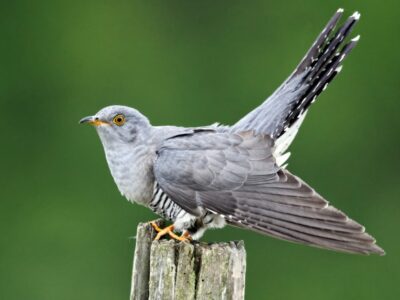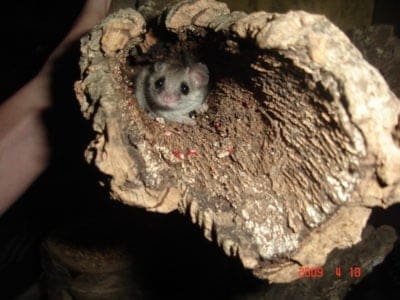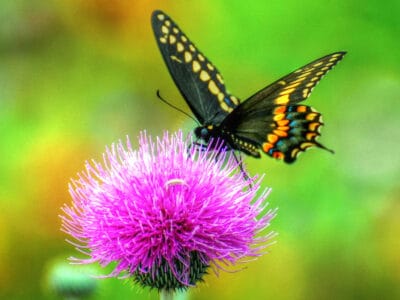Below you’ll find a list of types of animals in Greece alongside fantastic pictures. We currently track 246 animals in Greece and add more daily!
Although most of us think of coastlines when we think of Greece, the country has a mixed topography. It has snowy mountains, subtropical forests, rocky and sandy coasts, wetlands, and grasslands. Besides its mainland, Greece comprises more than 3,000 islands.
This means you’ll find a huge many unique animal and plant species. According to one report by the World Wildlife Fund, Greece has more biodiversity than any country in Europe.
The Official National Animal of Greece
Greece’s national animal is the common dolphin (Delphinus delphis ). Greece is home to three other dolphin species: the striped dolphin (Stenella coeruleoalba), the bottlenose dolphin (Tursiops truncatus), and the Risso’s dolphin (Grampus griseus).
In the Corinthian Gulf, common dolphins, striped dolphins, and Rossi’s dolphins live together in mixed communities, actually the only mixed dolphin community in the world! The national animal of Greece is the common dolphin. ©Sergey Uryadnikov/Shutterstock.com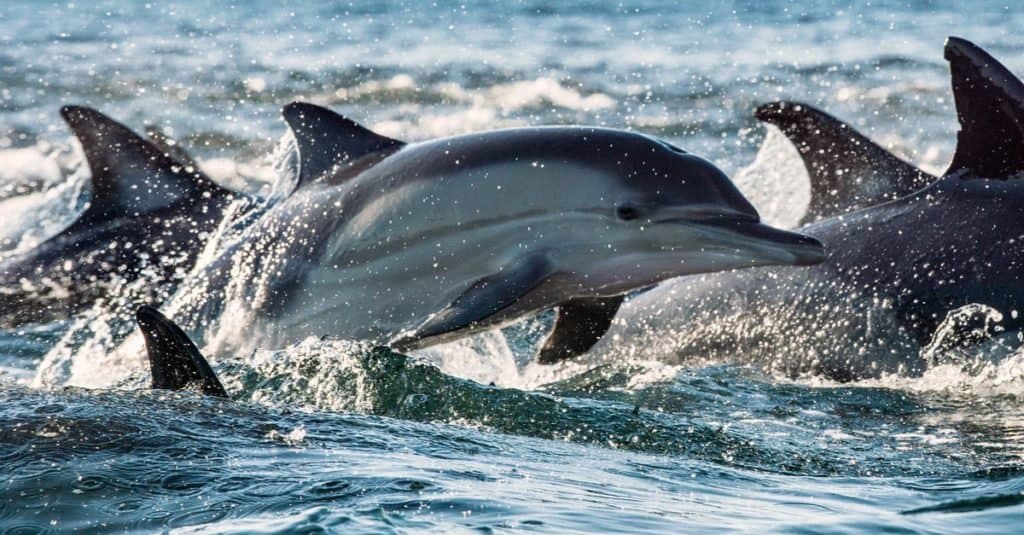
The National Bird of Greece
While there is not an official national bird of Greece, the little owl (Athene noctua) is considered to be the national bird given its use throughout Greece’s history on coins, in art, and in literature. The little owl symbolizes wisdom and knowledge.
The latin Athene is a reference to the Greek goddess Athena, while noctua is related to night–probably chosen to reference the fact owls are nocturnal. The little owl is also associated with the Roman goddess Minerva, the goddess of wisdom and knowledge. A Greek coin dating to 500 BC has a little owl and an olive branch etched on it. The little owl (Athene noctua) is the unofficial bird of Greece. ©iStock.com/Henk Bogaard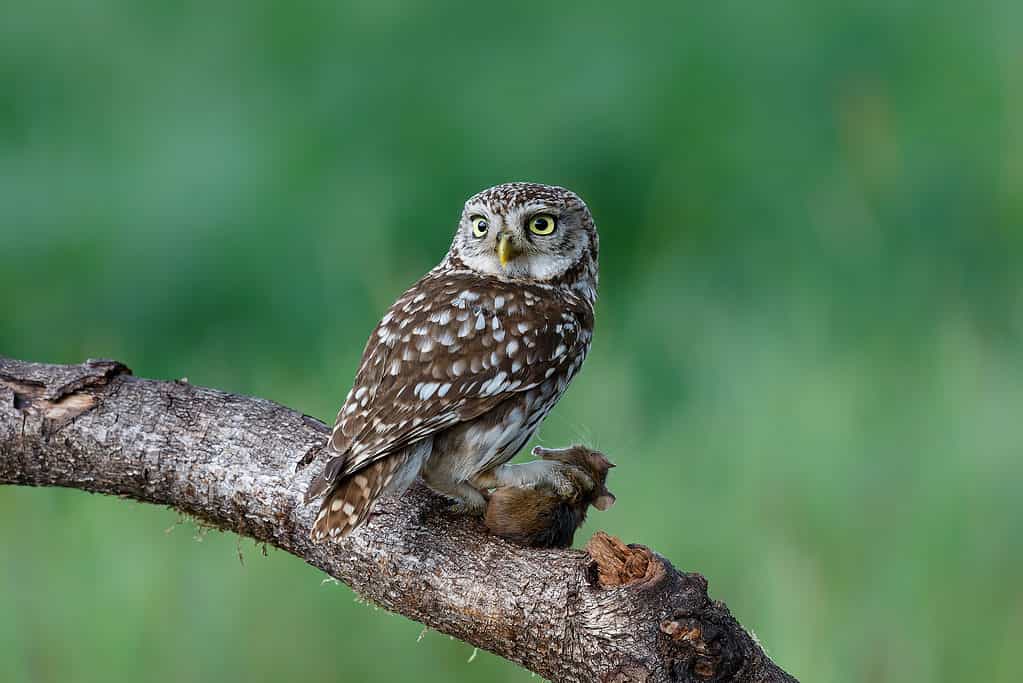
Where To Find the Top Wild Animals
There are many scenic areas where you can spot wildlife and birds in Greece. Dadia Forest is home to many important bird species, including peregrine falcons and hoopoes.
The Nestos Delta is home to otters, bears, deer, and wolves. Flamingos and cormorants also nest here.
Lake Kerkini is an excellent spot for birdwatching. It is a wetlands sanctuary for more than 300 bird species. It’s a watering spot for lizards, wild bison, and other animals.
Northern Greece has two well-known wildlife sanctuaries. Pindos National Park is one of the few places where you can see bears in Greece. Prespa National Park is a refuge for lynxes, wild cats, and deer.
The Agia Marina Donkey Rescue on the island of Crete takes care of orphaned and abandoned donkeys. It was established in 2004. The Agia Marina Donkey Rescue on the island of Crete cares for orphaned and abandoned donkeys. ©Georgios Tsichlis/Shutterstock.com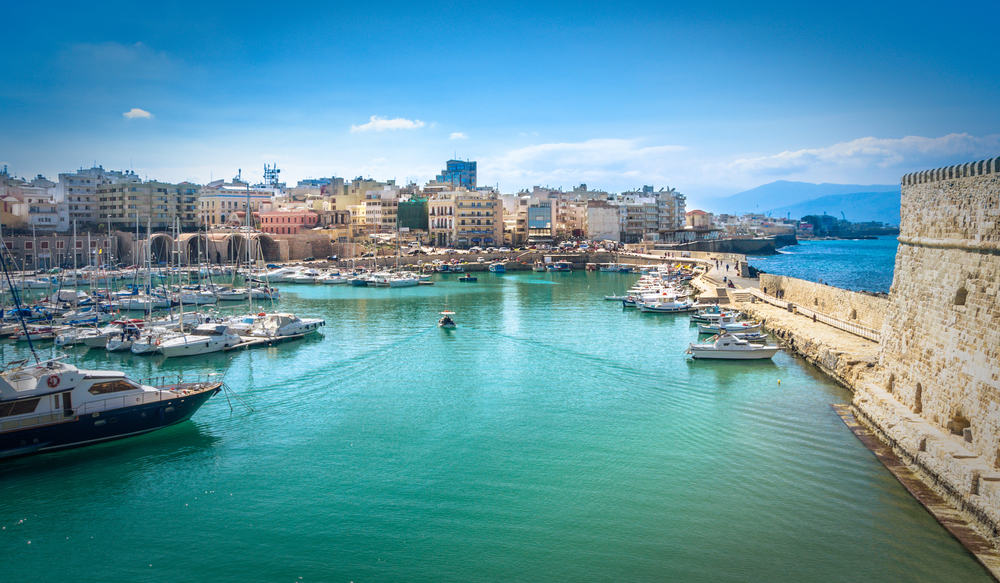
A Wonderful Mix of Wildlife
Greece has an amazing mix of animals, some native to the country and some introduced. Native animals of Greece include brown bears, wolves, lynxes, deer, Martens, and wild boar. Goats and donkeys are popular domesticated animals. The waters are home to huge, gentle sea creatures, and its forests are filled with rare birds, bears, deer, and lynxes. Greece’s natural areas are the best places to see these unique animals in their natural setting.
One particular animal native to the island of Crete is the Cretan ibex or kri-kri. It’s thought that this unique species was brought from Persia to Crete thousands of years ago, but it’s considered a native species now. Besides the mainland, the kri-kri can be found on the surrounding islands of Thodorou, Dia, and Agii Pantes. It’s listed as vulnerable and is a protected species. Red deer can be found in European countries like Greece.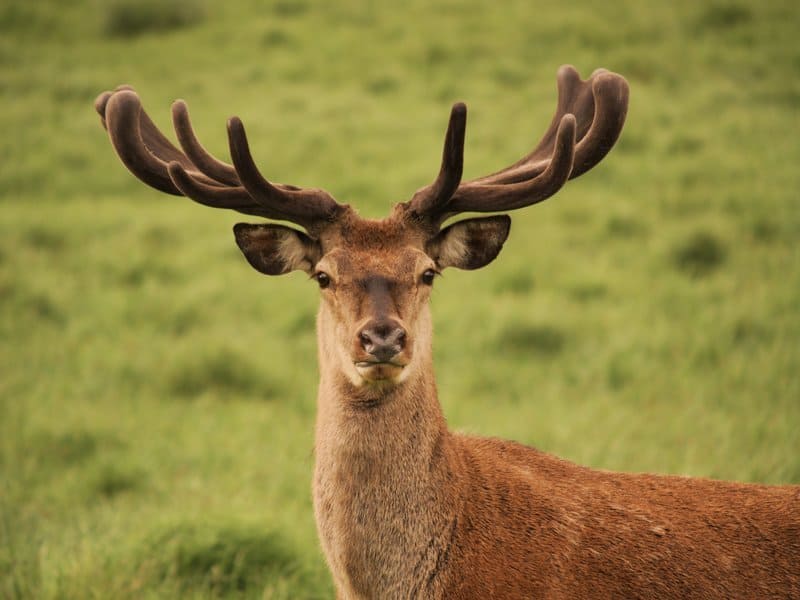
Native Birds
Enveloped in a mild climate, the diverse habitats of the country are great for many different animal species. Greece has 196 Important Bird Areas, home to 455 bird species, nine of which are endangered. While spring is the ideal time to visit, bird watching is truly a year-round opportunity in Greece. Below are several of the most popular locations in the country for avifauna sightings:
- Lasvos Island: Surrounded by clear blue waters, covered in pine and hardwood forests, and lacking human presence, this island is a desired refuge for around 330 bird species. For instance, cinereous bunting, Kruper’s nuthatch, gull-billed tern, glossy ibis, Ruppell’s warbler, and red-footed falcons migrate to the island in spring and autumn.
- Lake Kerkini: One of the best birdwatching sights in Europe, this artificial reservoir is situated in Northern Greece and is a popular pitstop for migratory and mating birds. Peregrine falcons, black woodpeckers, purple herons, blue cranes, and spoonbills dot the lake in spring and summer.
- Gialova Lagoon: Deemed a Protected Area in 1997, the lagoon as thus become a flourishing spot for bird watching and trail walking. Along with surrounding wetlands, species such as flamingoes, imperial eagles, plus osprey, and peregrine falcons roam the waters or the skies.
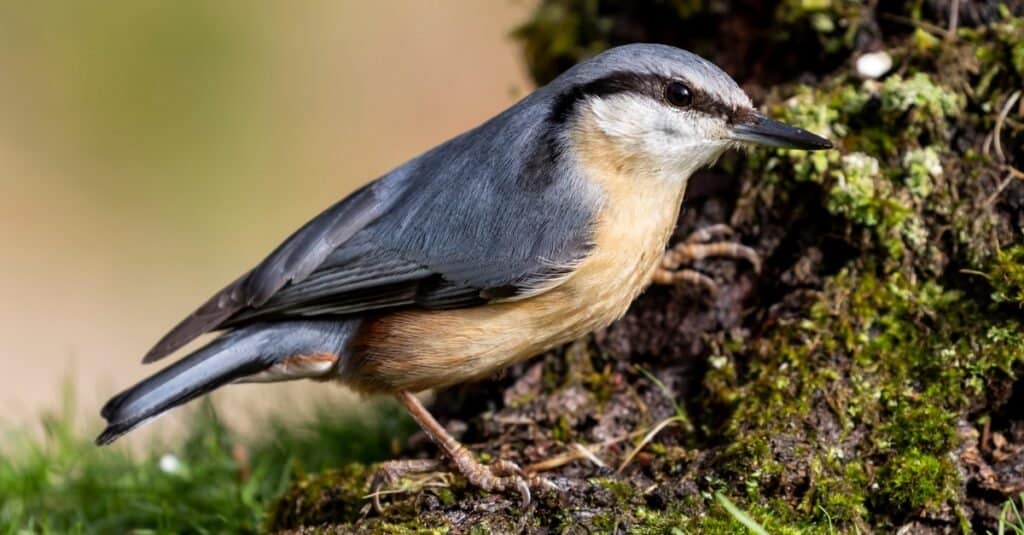
The Eurasian nuthatch can be found throughout Greece.
©John Navajo/Shutterstock.com
Native Fish
Up until 2015, there were no legal guidelines for captains wanting to use fishing tourism as a means of income. Nowadays, it’s more than possible to fish the incredibly blue Greek waters and seafood is a staple in diets of locals and visitors. Surrounded by three different seas, almost anywhere you visit is bound to yield world-renowned fish. Some examples and where to find them include:
- Bluefin Tuna – Santorini
- Dentex – Kefalonia
- Swordfish – Zante, Corfu
- Squid – Chalkidiki, Rhodes
Other commonly captured species are barracuda, grouper, and mahi mahi. Charter fishing is the easiest way to fish Grecian as a tourist, located in almost al fishing or port towns in the country. Freshwater fishing is also relevant, producing catfish, whitefish, and trout species.
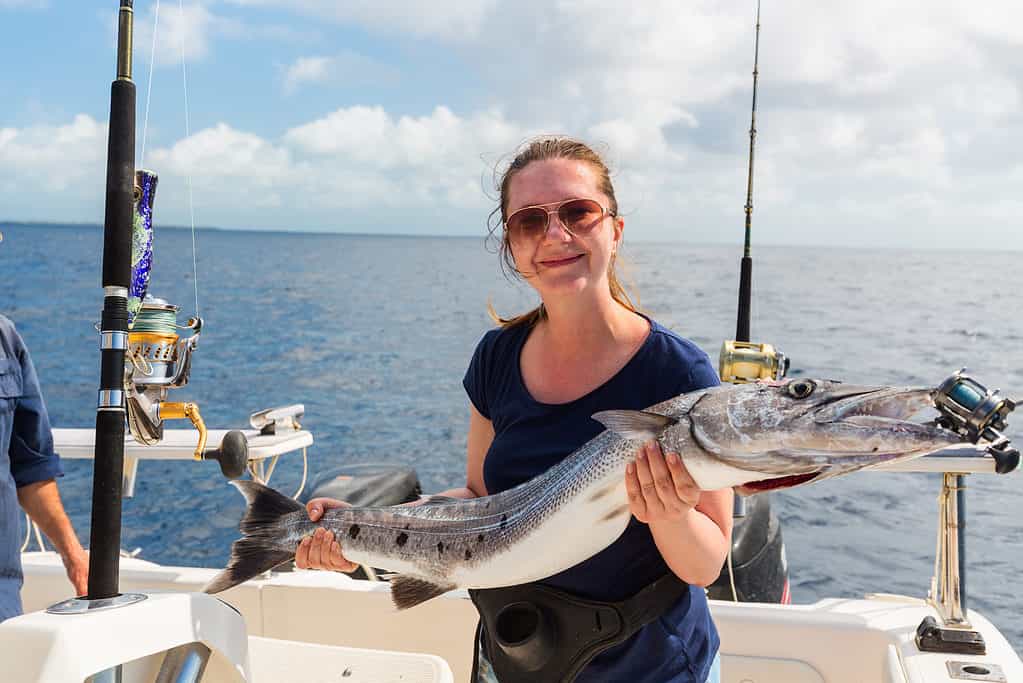
Barracudas are one type of fish caught in the charter fishing industry in Greece.
©BlueOrange Studio/Shutterstock.com
Native Snakes
Spread throughout the mainland and the 200 other Greek islands are around 21 species of snake, 6 of which are venomous. The dry, hot climate is perfect for these reptiles and some of the most beautiful and unique species call this country their home. Listed are several non-venomous and venomous snakes found in Greece and some interesting tidbits about them.
Venomous
- Milos Viper – endemic to Milos, Kimolos, Sifnos, Polyegos
- Ottoman Viper – one of the most venomous and most aggressive in Greece
- Nose-horned viper – one of the largest snakes in Greece
Non-venomous
- Smooth snake – similar in appearance to adders
- Aesculapian snake – tree-climbers
- Javelin sand boa – used as a projectile weapon in Ancient Greece
Snake bites are rare in Greece but do uncommonly occur. If bitten by any snake, it is important to seek medical attention immediately. The nosed-horned viper is one of the largest venomous snake species in Greece. ©taviphoto/Shutterstock.com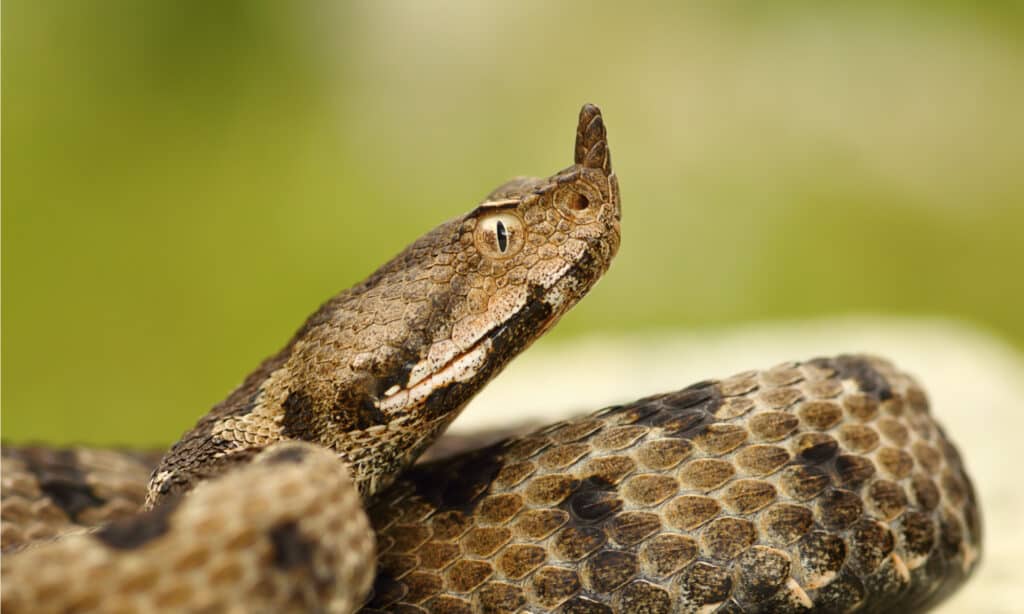
The Most Dangerous Animals in Greece Today
Luckily, there are not many types of animals in Greece that are dangerous to humans. For instance, many sharks are found off the coast, but most are harmless. However, there are some marine animals that can spoil your swimming.
Stingrays live in the waters surrounding Greece and, while their venom won’t kill you, it is very painful. If you see them in the water, keep a safe distance. Other fish like moray eels have a painful, poisonous bite, while the Portuguese man o war has stings that can wrap around the victim, resulting in very painful stings.
If you go scuba diving, keep an eye out for the scorpionfish. These deadly predators can blend with their surroundings and wait for prey to approach. Although small in size, scorpionfish venom can be fatal to humans.
While your chances of encountering a brown bear may be low (as there are only about 150 inhabiting Greece), brown bears are very dangerous animals. Another land animal, very small compared to the bear, is the scorpion, which can inflict a sting that can cause inflammation, nausea, dizziness, and even blurred vision.
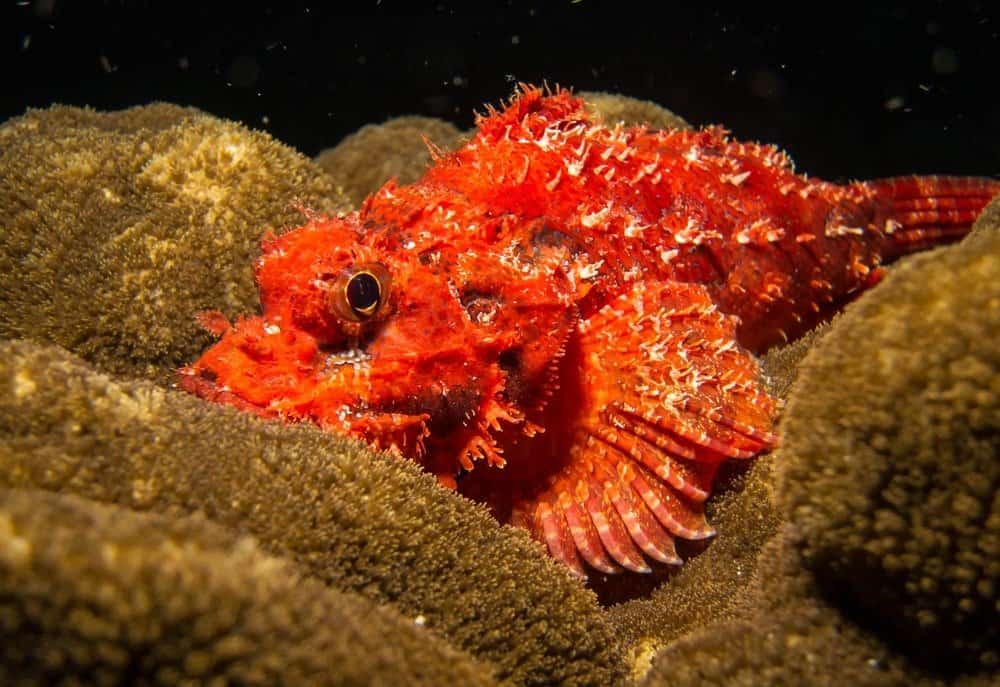
The sting of a scorpion fish, native to waters off the coast of Greece, can be deadly.
©viper345/Shutterstock.com
Extinct and Endangered Animals
Lions once lived in Greece, but they have been extinct since the fourth century. The Eurasian beaver has been extinct since the nineteenth century. Below is a list of other animals that have either become extinct, or are highly endangered.
- The Mediterranean monk seal (Monachus monachus) is the only earless seal found in tropical regions. Half the world’s monk seal population lives in Greece. They are critically endangered, and only a few hundred exist in the wild.
- Loggerhead turtles: These huge turtles (Caretta caretta) go back to prehistoric times. They have lived in our oceans for more than 100 million years. Like all sea turtles, loggerheads are endangered.
- Basking shark: After the whale shark, the basking shark (Cetorhinus maximus) is the second-largest fish in the sea. This odd-looking fish has remained unchanged since prehistoric days. This docile fish feeds on plankton and is harmless to humans. Basking sharks are protected by most maritime laws.
- The wild cat of Crete (Felis silvestris) is an endemic subspecies of the European wild cat. It is unique and native only to the Greek island of Crete. This beautiful, elusive cat was once considered extinct, but biologists have discovered a small population on the island.
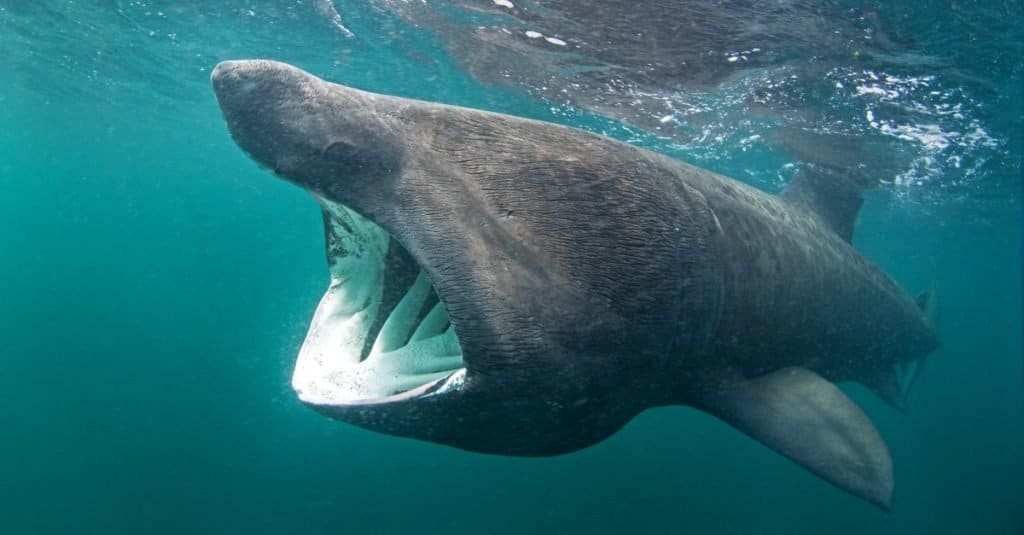
The basking shark, the second largest shark species in the world, can be found in the waters off the coast of Greece.
©Martin Prochazkacz/Shutterstock.com
The 5 Largest Animals in Greece
Greece’s coast borders the Mediterranean Sea, which is rich in sea life, including very large ocean animals. Greece also has some big land animals. Here’s a list of 5 very large animals in Greece:
- Humpback Whale: The largest animal inhabiting the coastal waters of Greece would be the humpback whale. These whales can weigh up to 100 tons and measure up to 62 feet in length.
- European Bison – The largest land animal in Greece is the European bison, weighing from 1700 lbs to 2200 lbs
- Eurasian Brown Bear: The Eurasian brown bear can weigh from 175 lbs to 1300 lbs.
- Red Deer: Red deer can grow up to 4 feet tall and weigh as much as 530 lbs.
- Striped Dolphin: These charming dolphins weigh up to 350 lbs, with a max length of 9 feet.
- Gray Wolf: European gray wolves average up to 150 lbs and can reach heights of 33 inches.
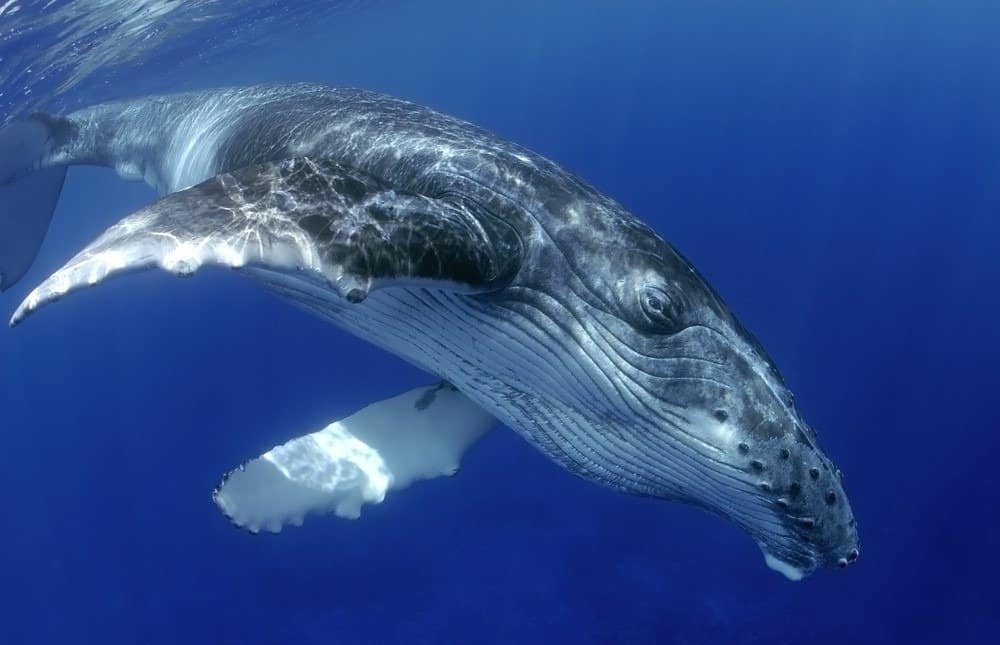
The humpback whale is the largest animal inhabiting the waters of Greece.
©Yann hubert/Shutterstock.com
Rarest Animals
If you saw one of these rare animals in their natural Grecian habitat, you’d be very lucky!
- Beluga Whale: Native to arctic and subarctic regions, the beluga whale was introduced to others areas like the waters off the coast of Greece. It has no dorsal fin and a large head to it for echolocation.
- Sand Tiger Shark: Sand tiger sharks are rare worldwide, with only around 250 left in the Mediterranean Sea.
- Kri-Kri: The kri-kri, or Cretan ibex, can only be seen on the island of Crete and a few surrounding islands. This animal is one to seek out if you find yourself there.
- Balkan Lynx: This wildcat is a subspecies of the Eurasian lynx, and is critically endangered with only 60-120 left in all of the Balkans.
- Mediterranean Monk Seal: Monk seals are cave dwellers, and with only 600 remaining in the wild, these animals are very rare to see.
Zoos in Greece
Greece is known for its biodiversity of animal and plant life, making it a top on travelers’ lists. The main activities in the country involve the water, beaches, and sightseeing. However, notable wildlife is also found in the wild and in protected or captive areas. The only zoo in Greece is the Attica Zoological Park, featuring animals from around the world. Many aquariums exist on the mainland and the islands, including:
- Aquaworld Aquarium & Reptile Rescue Center
- Corfu Aquarium
- CRETAquarium
When it gets too hot to tour the cities’ ruins and historical sights, check out these establishments and their exotic, exciting species.
Greek Animals
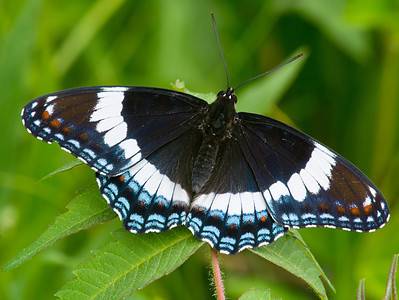
Admiral Butterfly
Stunningly beautiful wings
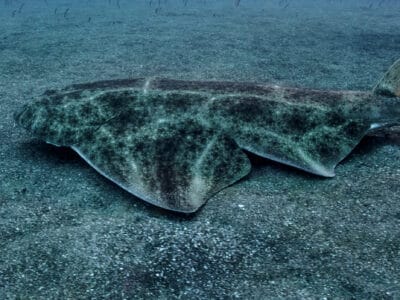
Angelshark
The angelshark’s range has contracted by more than 80% in the past century.
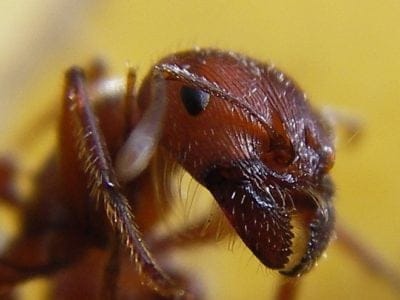
Ant
First evolved 100 million years ago!
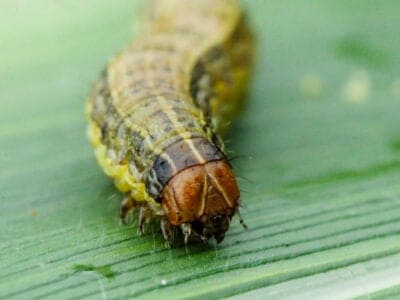
Armyworm
They are so named because they "march" in armies of worms from one crop to another in search of food
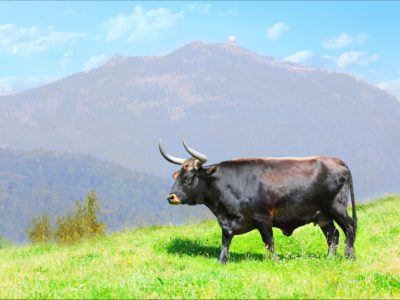
Aurochs
Extinct ancestor of all domesticated cattle!
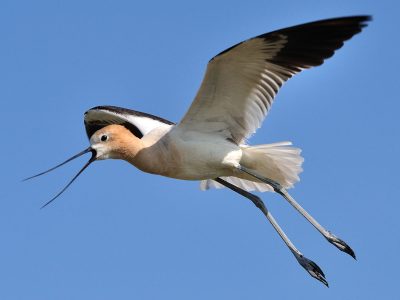
Avocet
Has a curved, upturned beak!
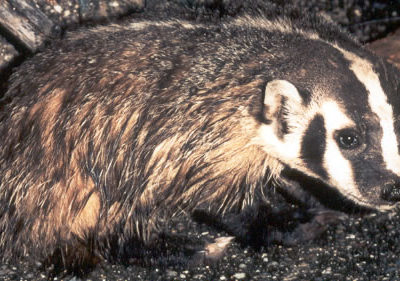
Badger
Can reach speeds of 30 km/h!
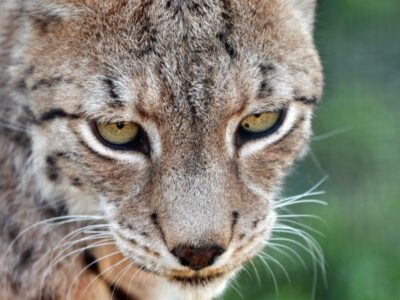
Balkan Lynx
The Balkan lynx communicates mostly with its ears
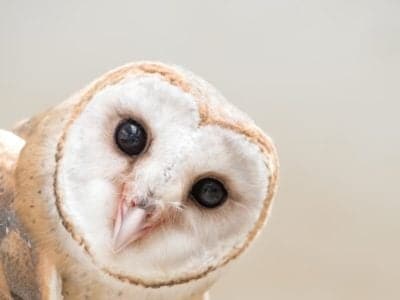
Barn Owl
Found everywhere around the world!
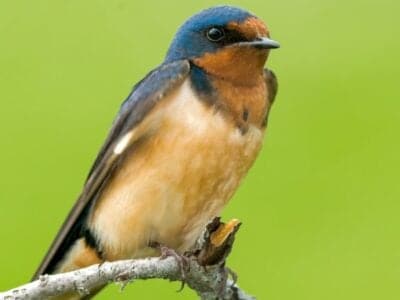
Barn Swallow
Older offspring help care for new hatchlings.
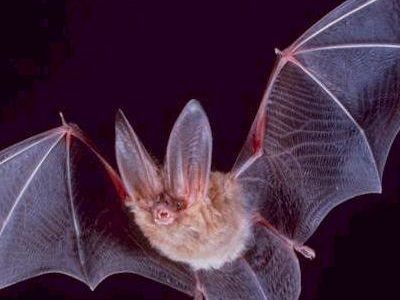
Bat
Detects prey using echolocation!
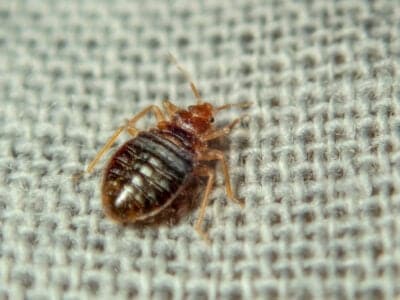
Bed Bugs
Bed bugs feed for 4-12 minutes.

Bee
Rock paintings of bees date back 15,000 years
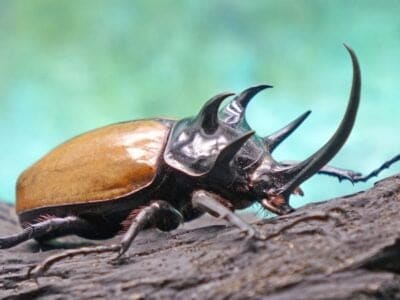
Beetle
There are more than 350,000 different species
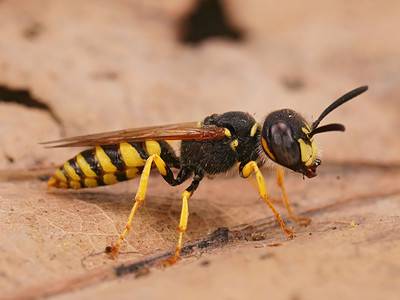
Beewolf wasp
They hunt bees
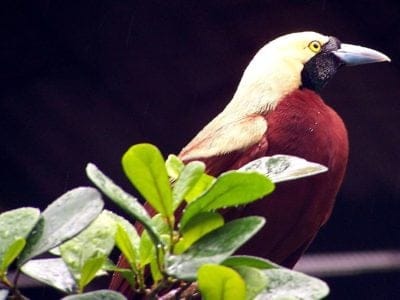
Bird
Not all birds are able to fly!
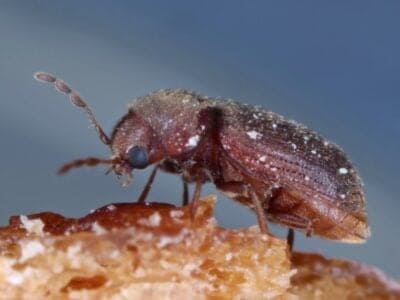
Biscuit Beetle
The biscuit beetle form a symbiotic relationship with yeast
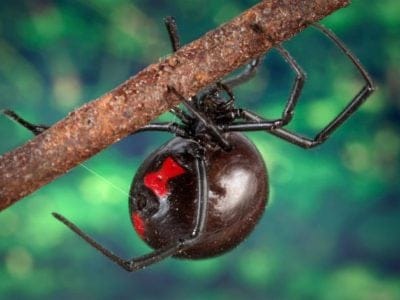
Black Widow Spider
They typically prey on insects!
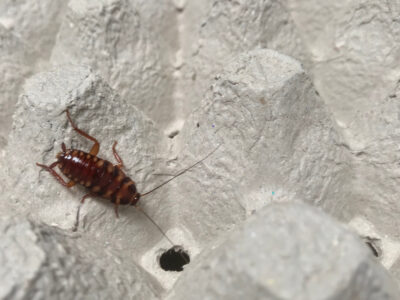
Brown-banded Cockroach
Females glue egg cases to furniture
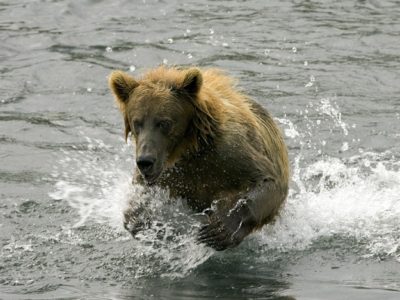
Brown Bear
A dominant predator in it's environment!
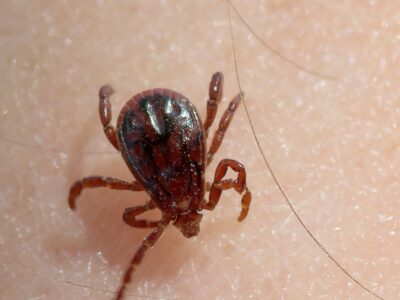
Brown Dog Tick
Can live its entire life indoors
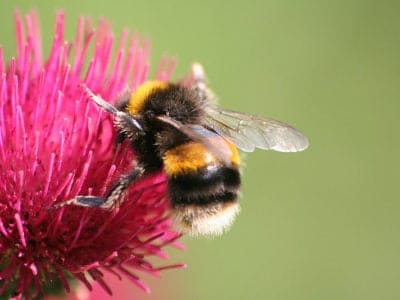
Bumblebee
The most common species of bee!
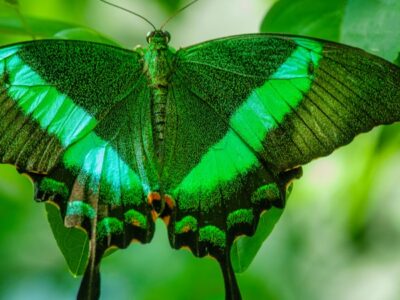
Butterfly
There are thought to be up 17,500 species!
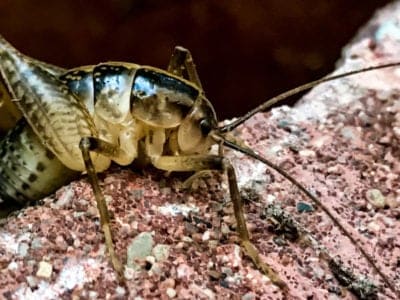
Camel Cricket
The camel crickets that are found in the USA are light brown in color. They also have dark streaks all over their body.
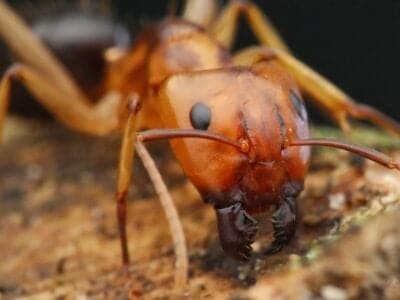
Carpenter Ant
Carpenter ants can lift up to seven times their own weight with their teeth!

Cat
May have been domesticated up to 10,000 years ago.
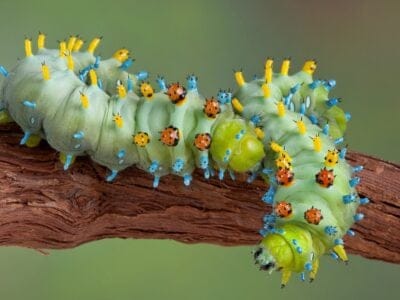
Caterpillar
The larvae of a moth or butterfly!
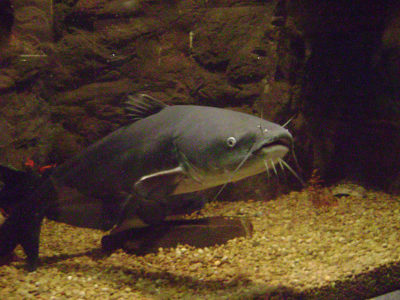
Catfish
There are nearly 3,000 different species!
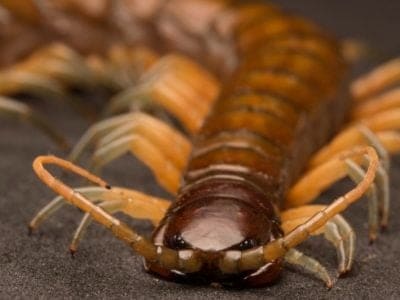
Centipede
There are about 3,000 documented species!
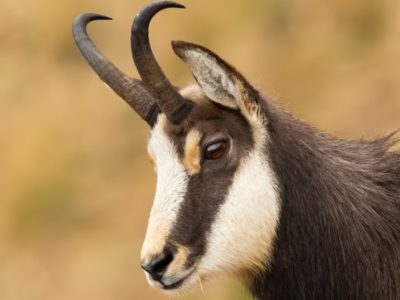
Chamois
Natively found in the European mountains!

Chicken
First domesticated more than 10,000 years ago!
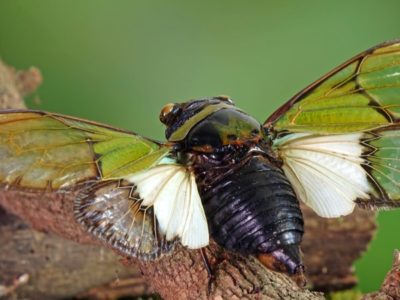
Cicada
Cicadas have one of the longest insect lifespans
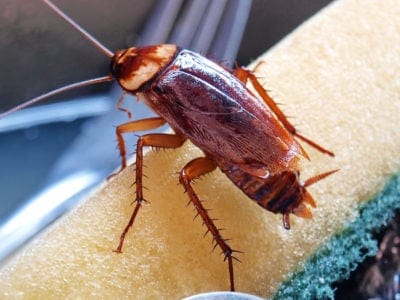
Cockroach
Dated to be around 300 million years old!
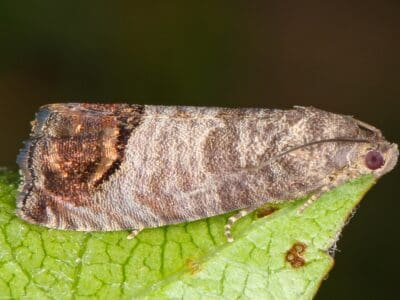
Codling Moth
Pupae are able to undergo diapause to survive poor fruit yield years and winter.
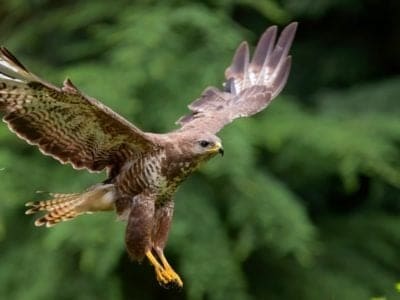
Common Buzzard
The most common raptor in the UK!
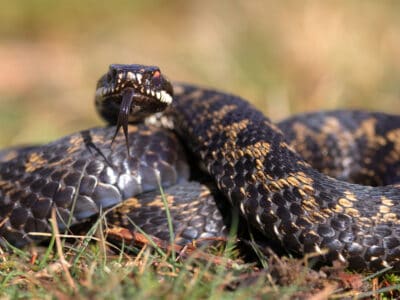
Common European Adder
European adders are the only snake that lives above the Arctic Circle.
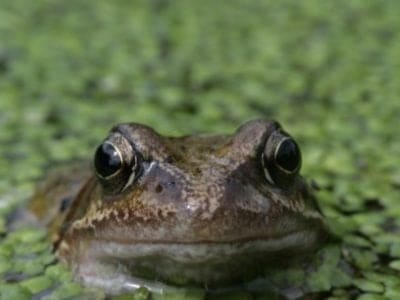
Common Frog
Found throughout the European continent!
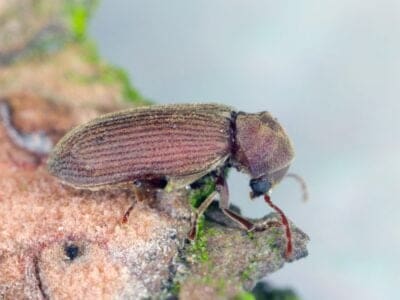
Common Furniture Beetle
The common furniture beetle feeds exclusively on wood
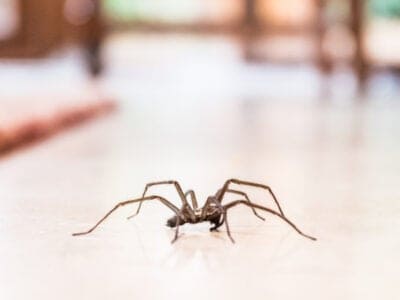
Common House Spider
House spiders have the ability to eat most insects in a home.
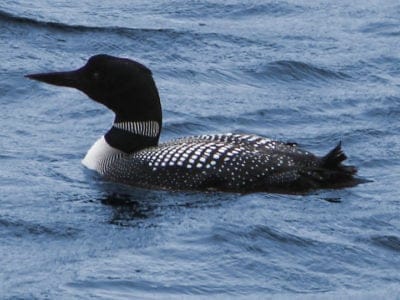
Common Loon
Also known as the Great Northern Diver

Common Raven
A group of ravens is called an unkindness or a conspiracy.
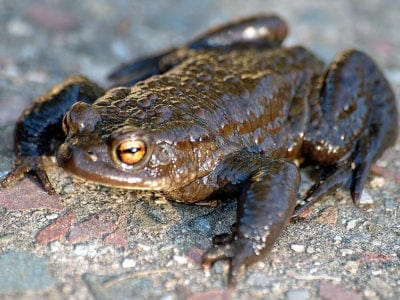
Common Toad
Most active in wet weather!
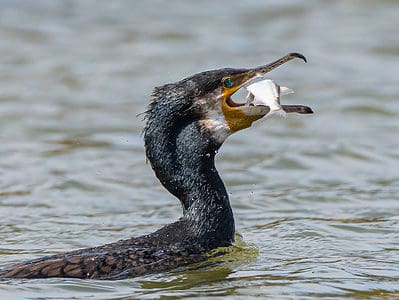
Cormorant
They can fly 35 mph and dive 150 feet below water.
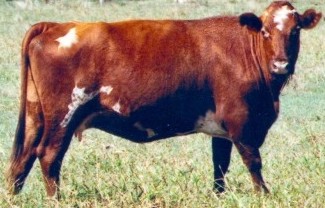
Cow
There are nearly 1.5 billion worldwide!
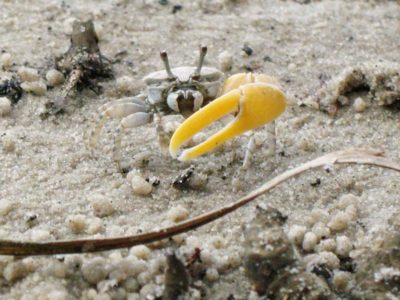
Crab
There are 93 different crab groups
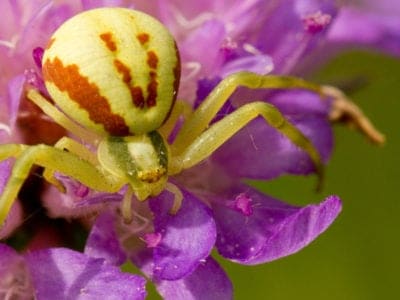
Crab Spider
Crab Spiders can mimic ants or bird droppings
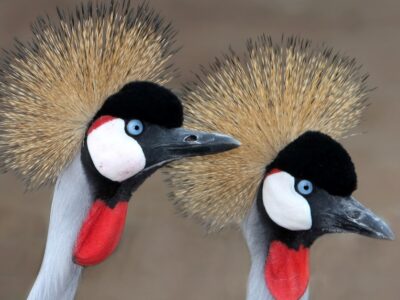
Crane
Many are critically endangered species!
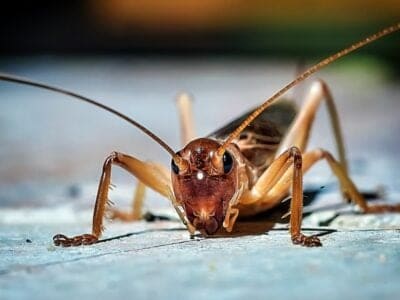
Cricket
Male crickets can produce sounds by rubbing their wings together
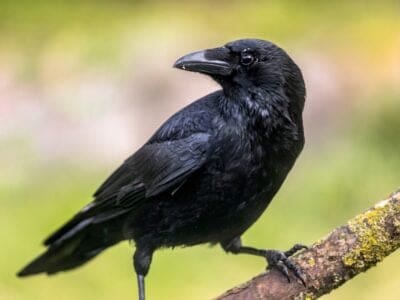
Crow
A group of these birds is called a Murder.
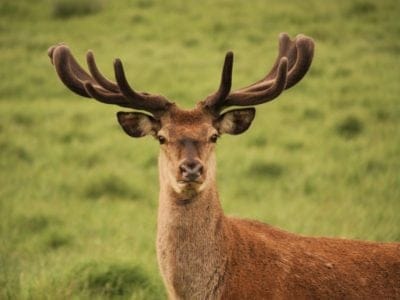
Deer
There are around 40 different species!
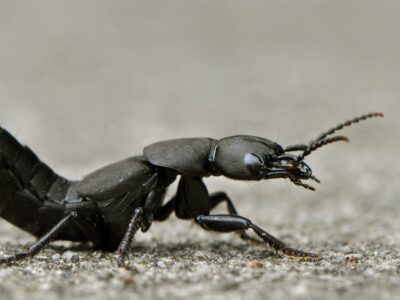
Devil’s Coach Horse Beetle
The Devil’s coach horse beetle can emit a noxious substance to deter predators

Dog
First domesticated in South-East Asia!
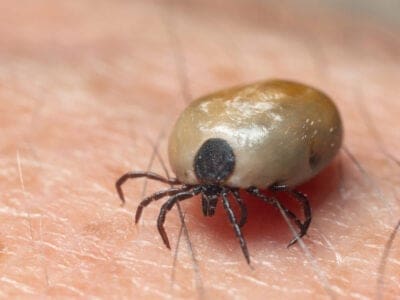
Dog Tick
Dog ticks feed on dogs and other mammals
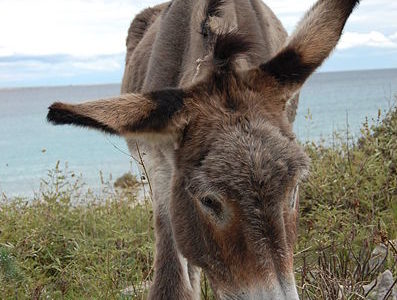
Donkey
First domesticated 5,000 years ago!
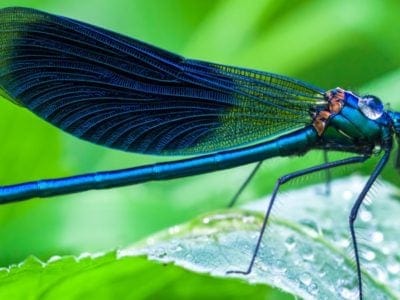
Dragonfly
It's larvae are carnivorous!

Dried Fruit Moth
In the event of adverse environmental conditions, dried fruit moth larvae will become dormant and stop developing.
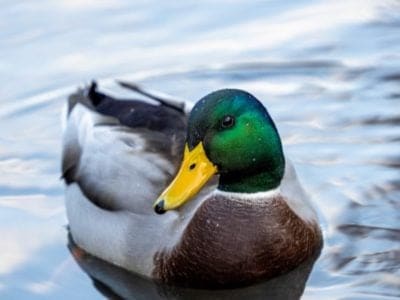
Duck
Rows of tiny plates line their teeth!
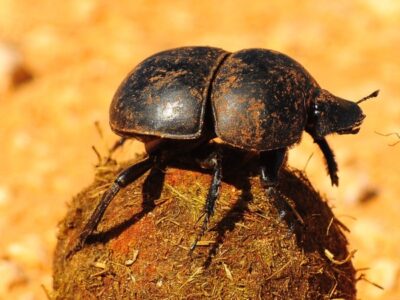
Dung Beetle
The dung beetle can push objects many times its own weight

Dwarf Hamster
dwarf hamsters love to explore at night.
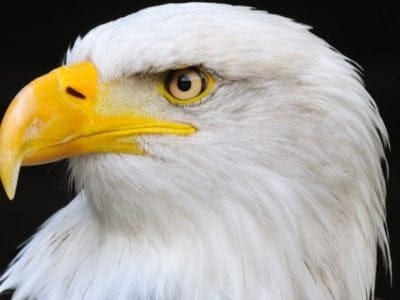
Eagle
Has exceptional eyesight!

Earthworm
They are hermaphrodites, which means they have male and female organs
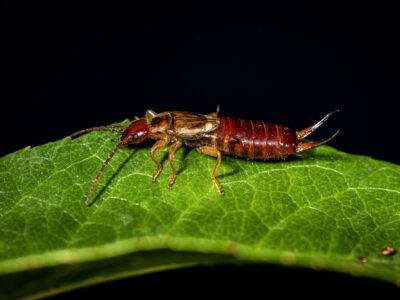
Earwig
There are nearly 2,000 different species!
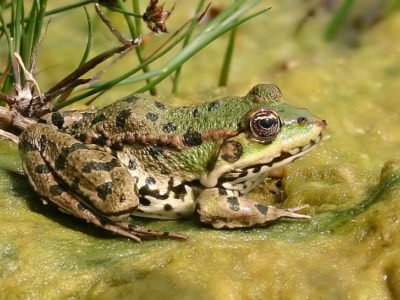
Edible Frog
Are known to guard the muddy banks!
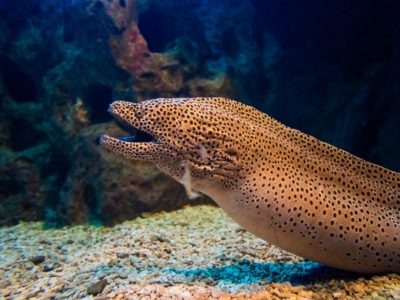
Eel
Eels can be a mere few inches long to 13 feet!
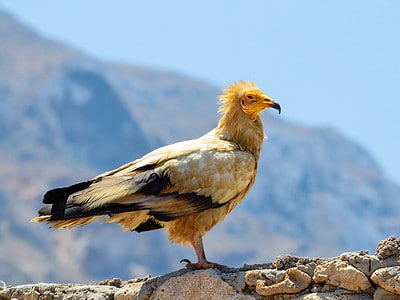
Egyptian Vulture
They steal large ostrich eggs and use rocks and pebbles to crack the shells.
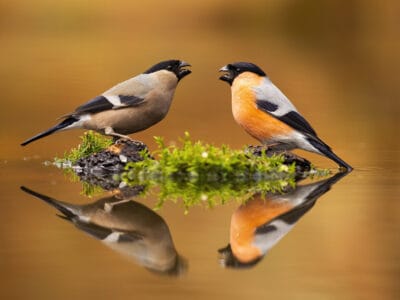
Eurasian Bullfinch
The shy eurasian bullfinch prefers to forage very close to cover.
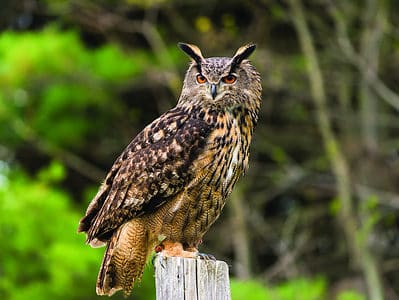
Eurasian Eagle-owl
The Eurasian Eagle-owl is the second largest owl in the world with a wingspan up to six feet!
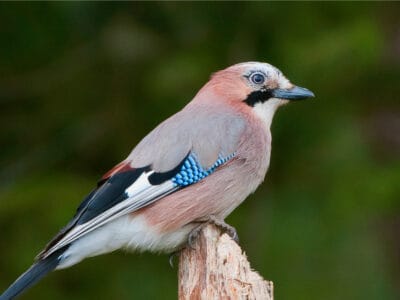
Eurasian Jay
The Eurasian jay has the ability to mimic other sounds
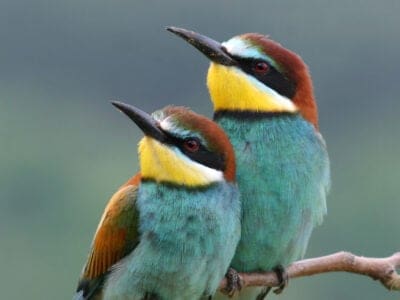
European Bee-Eater
They can eat up to 250 bees per day!
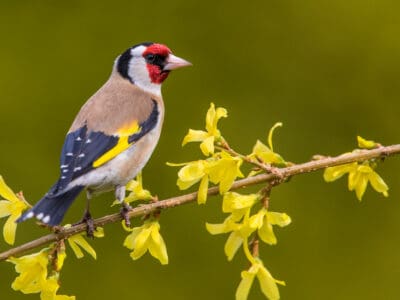
European Goldfinch
They are frequent visitors to backyard feeders, especially those containing niger seeds.
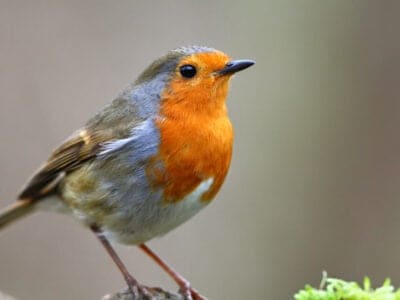
European Robin
Male robins are so aggressive and territorial that they will attack their own reflections.
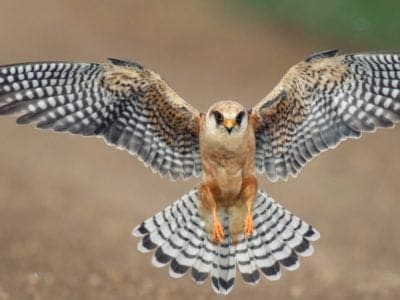
Falcon
The fastest creatures on the planet!
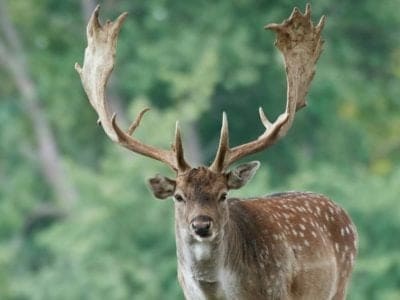
Fallow deer
The fallow deer has more variation in its coat colors than most other deer.
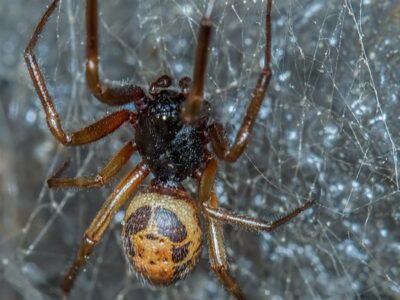
False Widow Spider
False spiders actually prey on black widow spiders and other hazardous spiders

Ferret
Ferrets can be trained to do tricks like dogs!
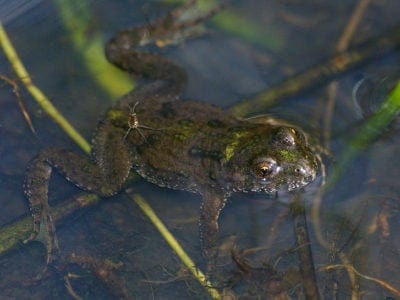
Fire-Bellied Toad
Found across mainland Europe and Asia!
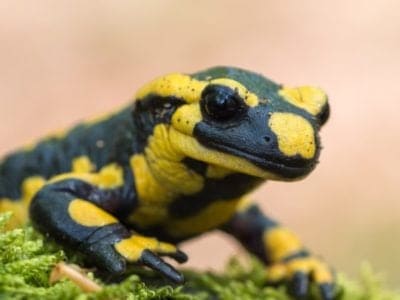
Fire Salamander
Its name comes from the fact that people once believed it was born in fire
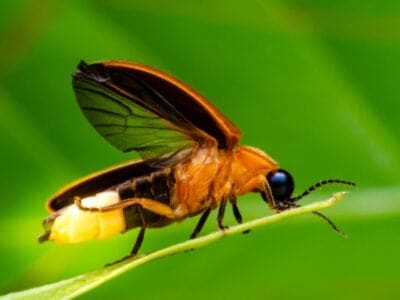
Firefly
The firefly produces some of the most efficient light in the world
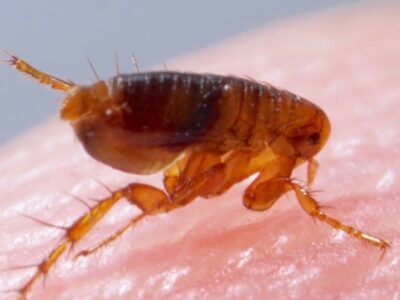
Flea
Adult fleas can jump up to 7 inches in the air
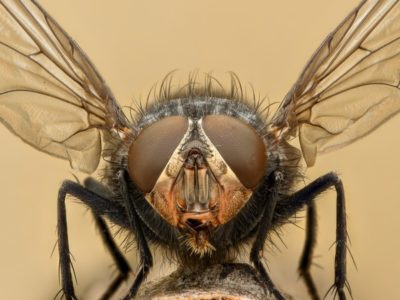
Fly
There are more than 240,000 different species!
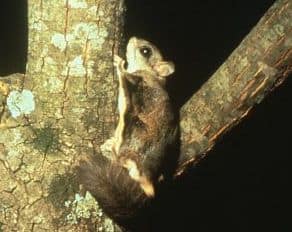
Flying Squirrel
Can glide up to 90 meters!
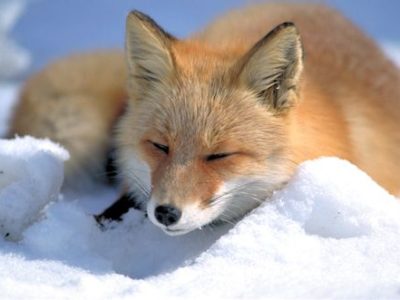
Fox
Only 12 species are considered "true foxes"
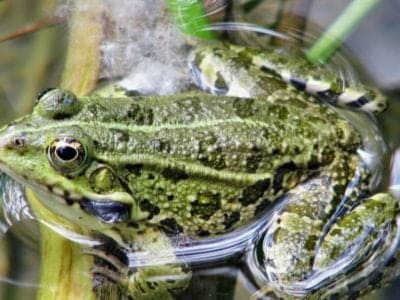
Frog
There are around 7,000 different species!
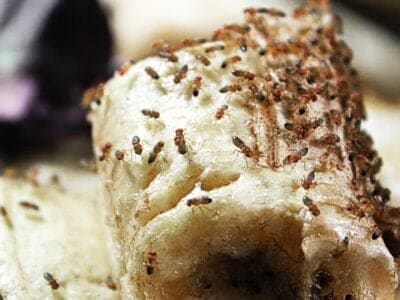
Fruit Fly
Fruit flies are among the most common research animals in the world
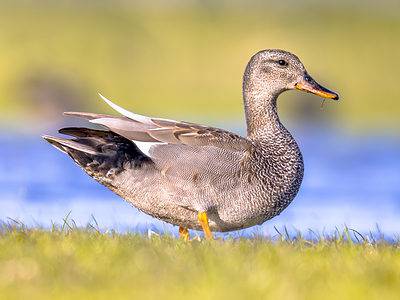
Gadwall
They make many sounds when trying to attract a mate.
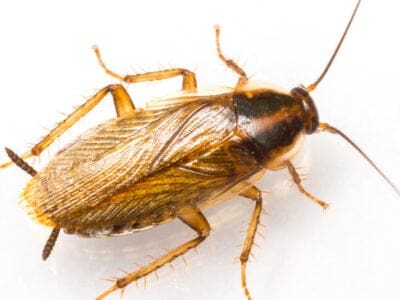
German Cockroach
The most common type of urban roach
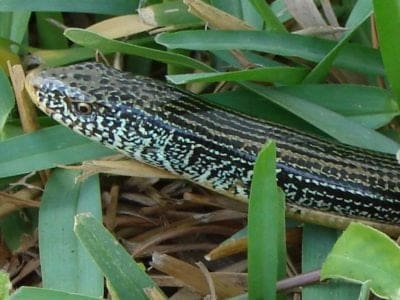
Glass Lizard
Can grow up to 4ft long!
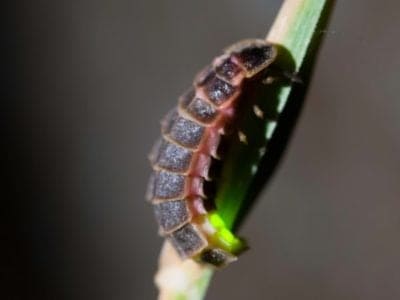
Glowworm
Found inhabiting dense woodland and caves!
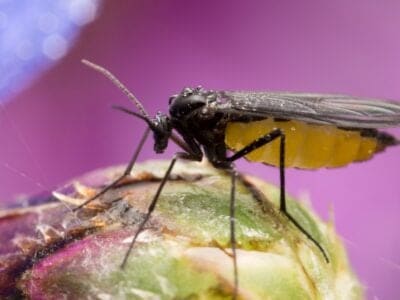
Gnat
Males form large mating swarms at dusk
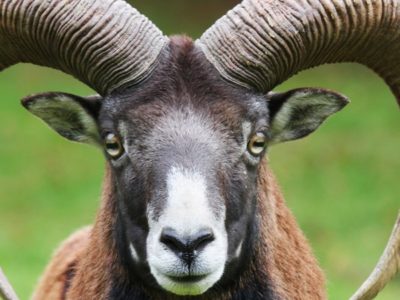
Goat
Most closely related to the Sheep!
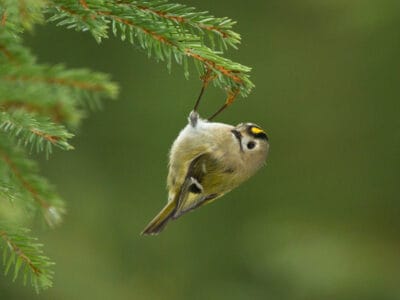
Goldcrest
The goldcrest never starts moving and needs to consume for most of the day to survive. Therefore, in the colder months, it's best that eat 90% a day.
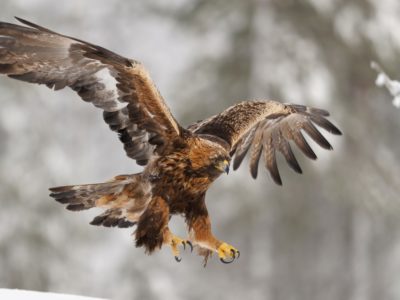
Golden Eagle
Their calls sound like high-pitched screams, but they are quiet most of the time.
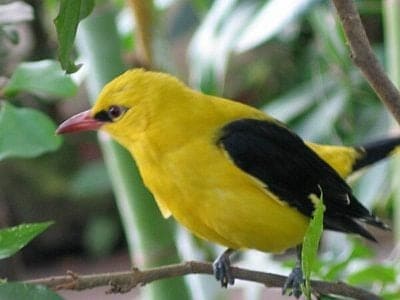
Golden Oriole
Migrates between Europe and Asia!
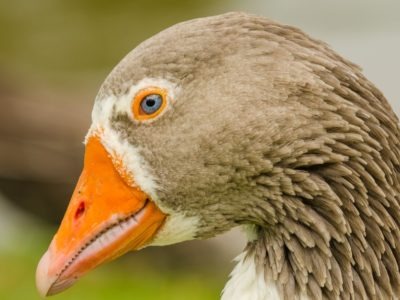
Goose
There are 29 different species!
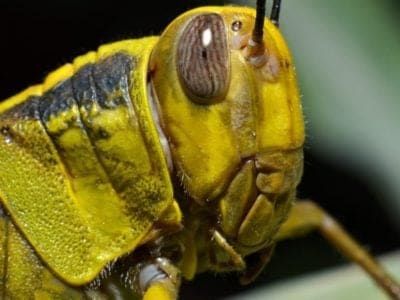
Grasshopper
There are 11,000 known species!
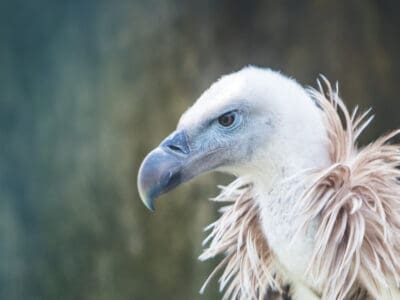
Griffon Vulture
Can spot a dead animal from thousands of feet away
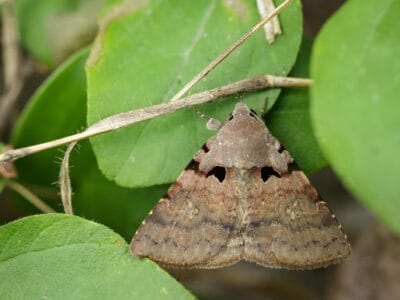
Gypsy Moth
One of the most invasive species in the world
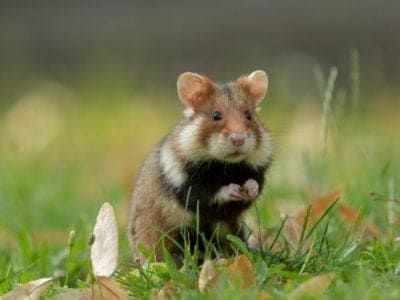
Hamster
Able to run as quickly backwards as forwards!
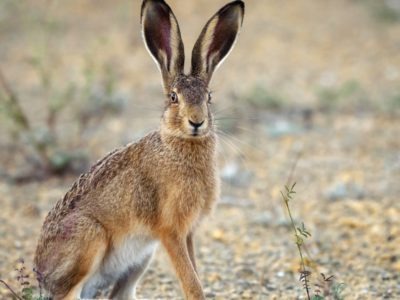
Hare
Can reach speeds of over 50 mph!
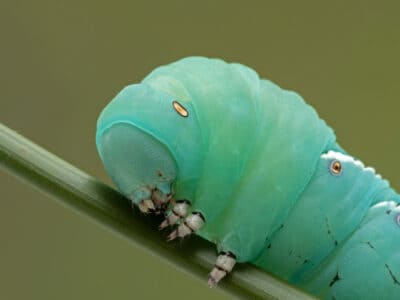
Hawk Moth Caterpillar
Many hawk moth caterpillars eat toxins from plants, but don’t sequester them the way milkweed butterflies do. Most toxins are excreted.
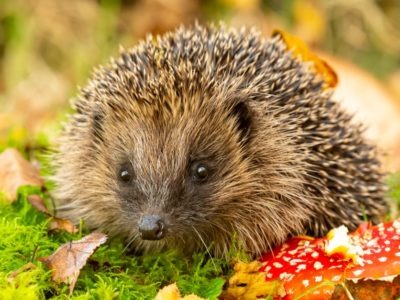
Hedgehog
Thought to be one of the oldest mammals on Earth!
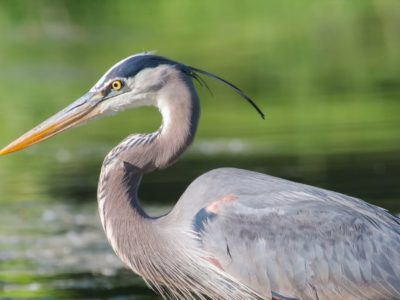
Heron
Inhabits wetlands around the world!
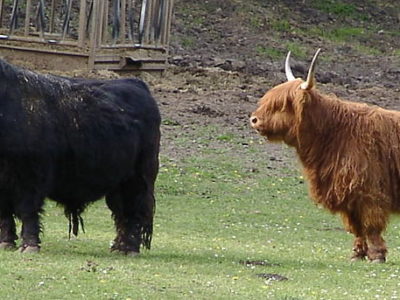
Highland Cattle
Natively found in the Scottish Highlands!
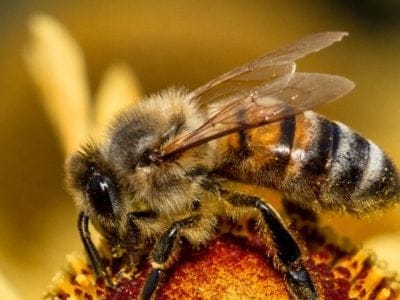
Honey Bee
There are only 8 recognized species!
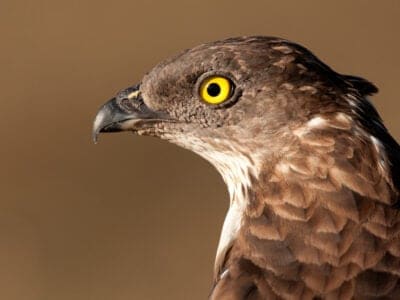
Honey Buzzard
Honey buzzards are medium-sized raptors that earned their names by raiding the nests of bees and wasps.
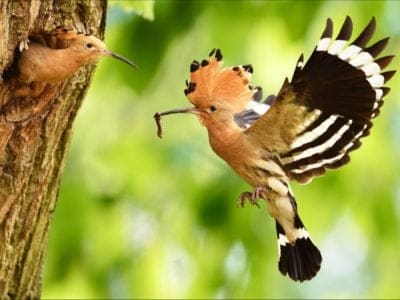
Hoopoe
Stunning bird with a stinky way to deter predators!
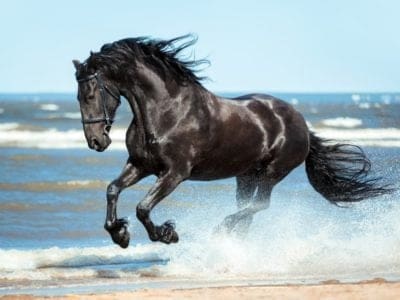
Horse
Has evolved over 50 million years!
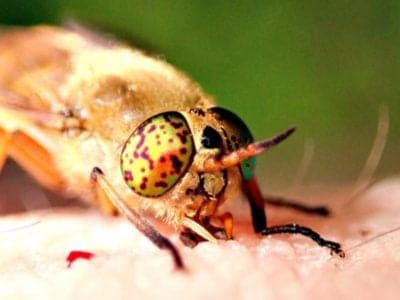
Horsefly
Horseflies have been seen performing Immelmann turns, much like fighter jets.
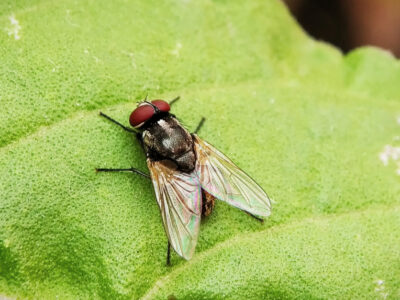
Housefly
The fly has no teeth

Human
Thought to have orignated 200,000 years ago!
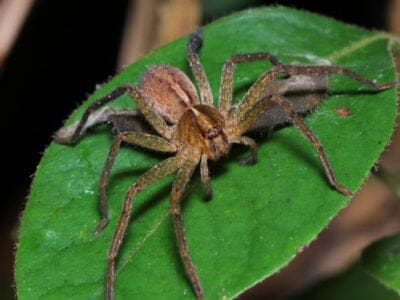
Huntsman Spider
Some huntsman spiders have an interesting way of moving around. Some cartwheel while others do handsprings or backflips.
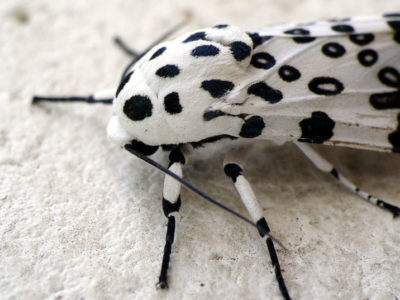
Insects
There are an estimated 30 million species!
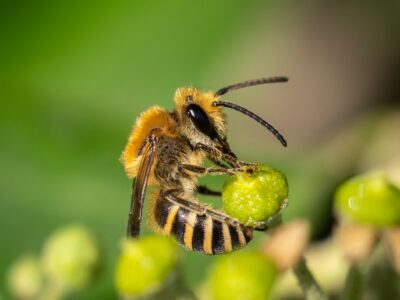
Ivy Bee
N/A
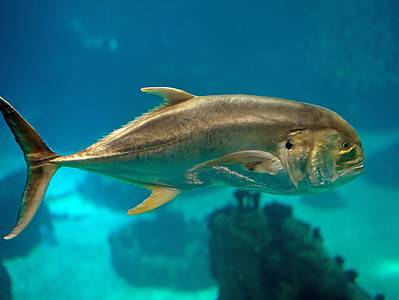
Jack Crevalle
One of the biggest species in the Caranx genus
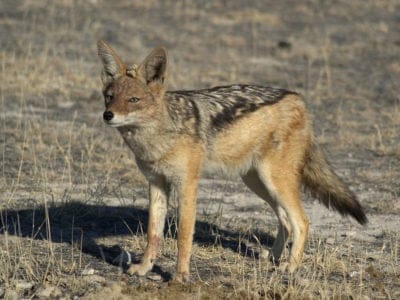
Jackal
Can maintain speeds of 16 km/h!
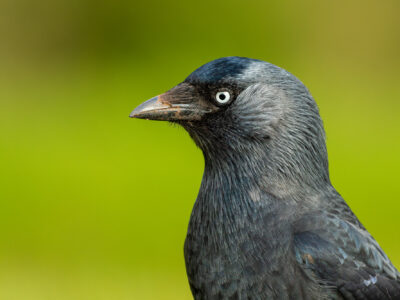
Jackdaw
The jackdaw tends to mate for life with a single partner
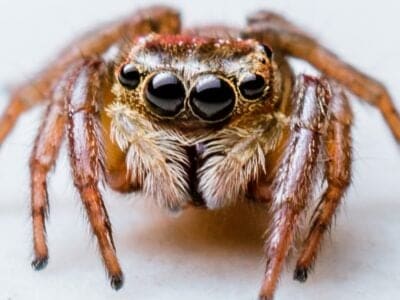
Jumping Spider
Some can jump 50 times the length of their bodies
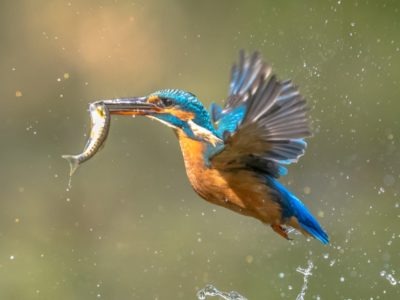
Kingfisher
Inhabits wetlands and woodlands worldwide!
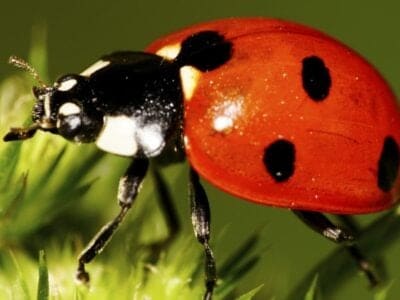
Ladybug
There are more than 5,000 species worldwide!
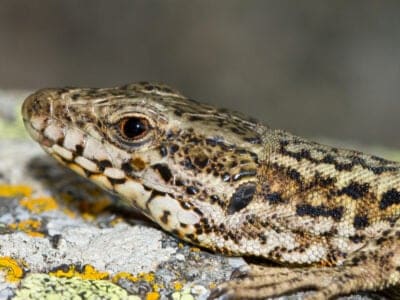
Lazarus Lizard
Lazarus Lizards can communicate through chemical and visual signals.
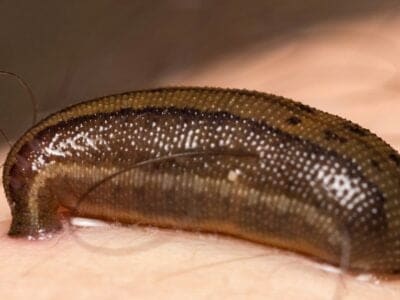
Leech
Has 10 pairs of eyes!
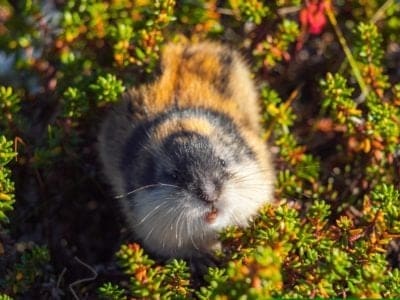
Lemming
Does not hibernate during the bitter Arctic winter!
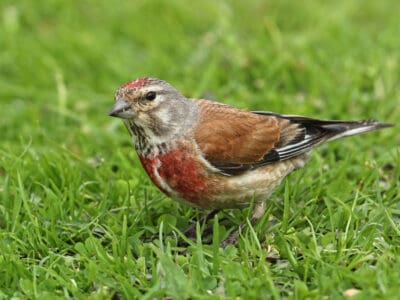
Linnet
While linnets are monogamous during mating season, they do not mate for life. While breeding pairs are together, the males are highly territorial and will defend the nesting site and the surrounding area.
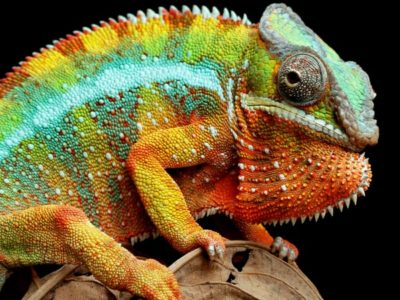
Lizard
There are around 5,000 different species!
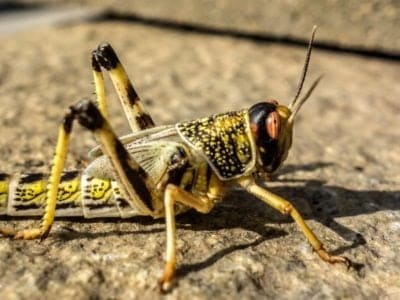
Locust
Each locust can eat its weight in plants each day.
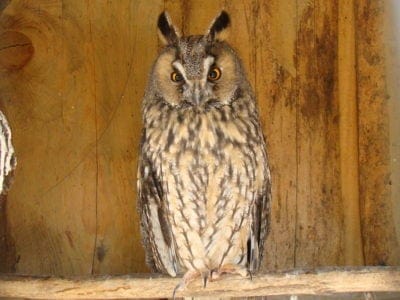
Long-Eared Owl
Ear tufts make it look bigger!
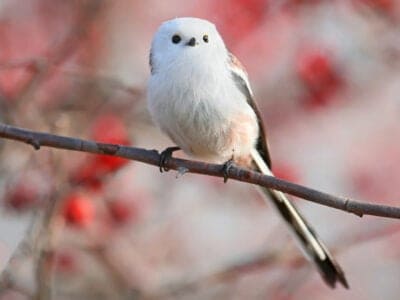
Long-Tailed Tit
Often hangs upside down while feeding!
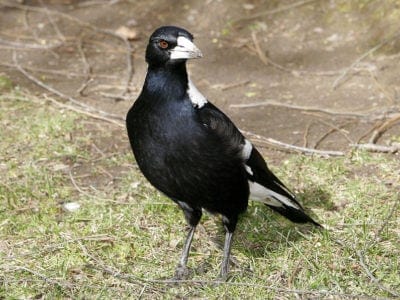
Magpie
They are found across Europe, Asia and Africa!
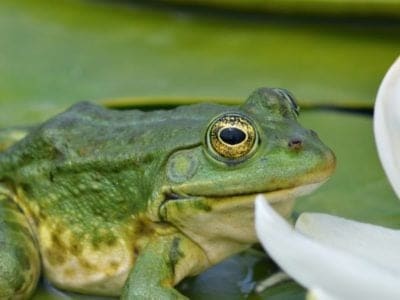
Marsh Frog
Has bright green skin!
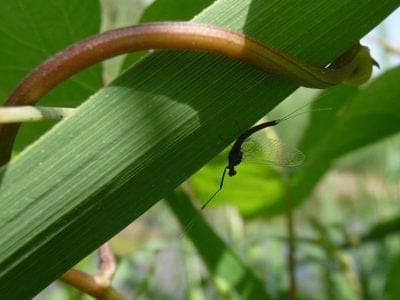
Mayfly
There are 2,500 known species worldwide!
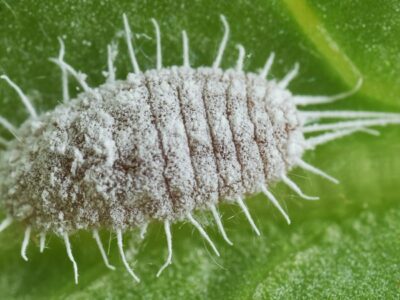
Mealybug
They have a symbiotic relationship with ants.
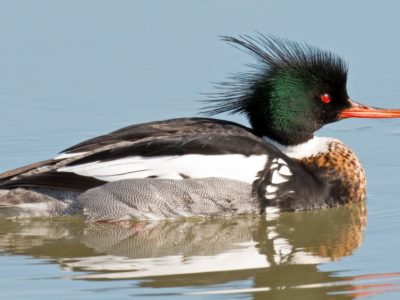
Merganser
They line their nests with their feathers
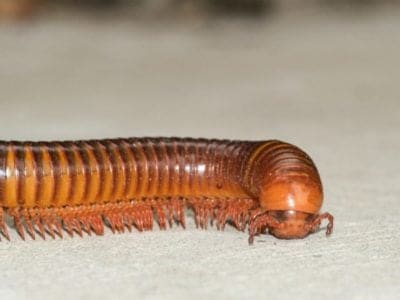
Millipede
Some species have a poisonous bite!
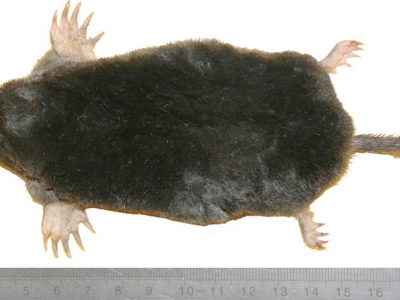
Mole
Primarily hunts and feeds on Earthworms!
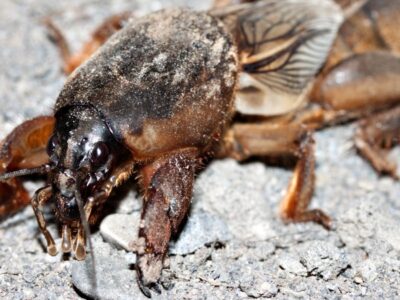
Mole Cricket
Adult Mole crickets may fly as far as 5 miles during mating season and are active most of the year.

Mongrel
Has characteristics of two or more breeds!
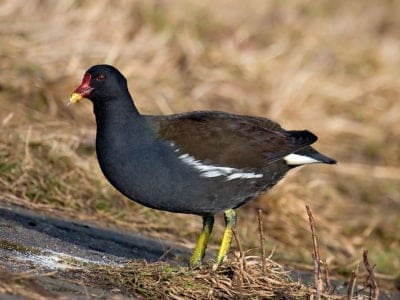
Moorhen
Feeds on aquatic insects and water-spiders!
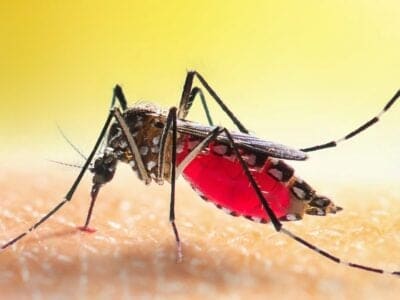
Mosquito
Only the female mosquito actually sucks blood
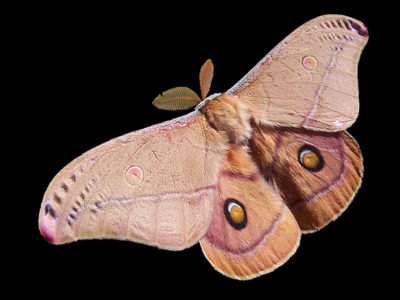
Moth
There are 250,000 different species!
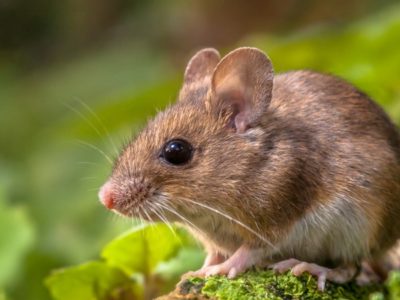
Mouse
Found on every continent on Earth!
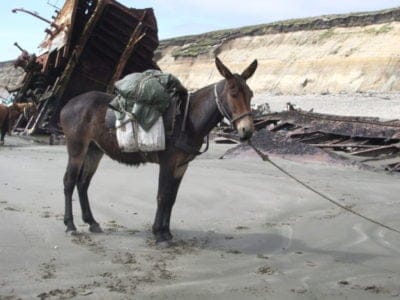
Mule
The offspring of a horse and donkey parents!

Neanderthal
Roamed Asia and Europe for around 100,000 years!
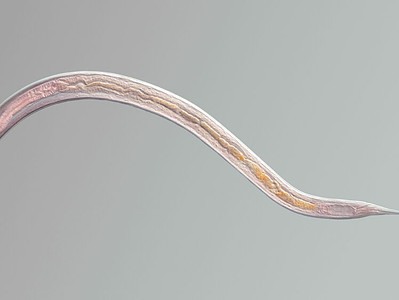
Nematode
Nematodes range in size from 1/10 of an inch to 28 feet long
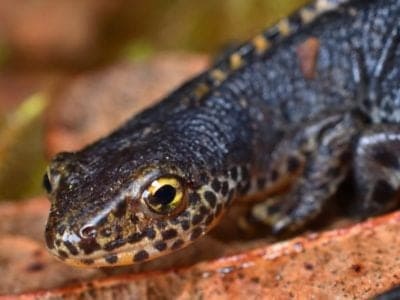
Newt
Able to regrow lost or damaged limbs!
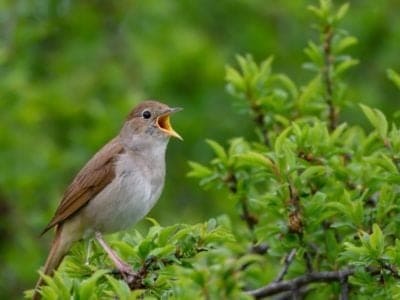
Nightingale
Named more than 1,000 years ago!
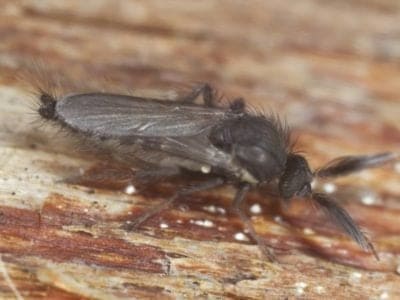
No See Ums
There are more than 5,000 species.
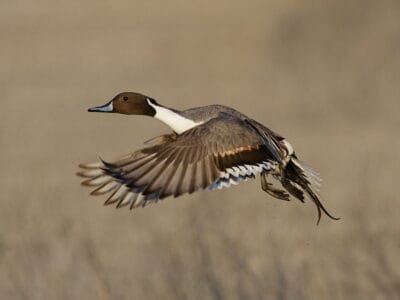
Northern Pintail
Northern pintails migrate at night with speeds reaching 48 miles per hour!
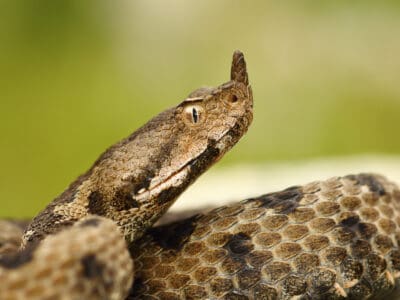
Nose-Horned Viper
The fangs of a nose-horned viper can be as long as half an inch!
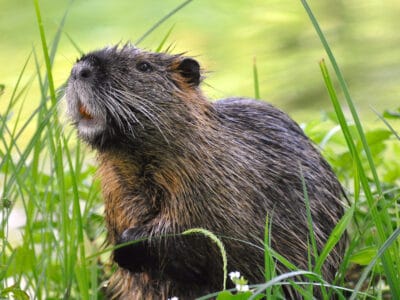
Nutria
An invasive species, one female nutria can birth up to 200 babies in just a few years of living!
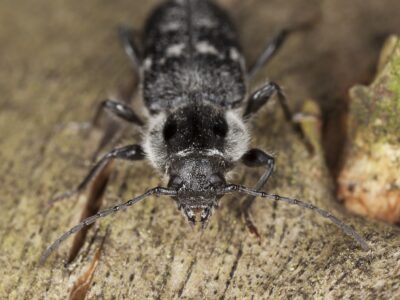
Old House Borer
Depending on the habitat and climate, these beetles can live between 2 to 10 years, often staying in their larval stage for several years, making them extremely dangerous to wooden structures.
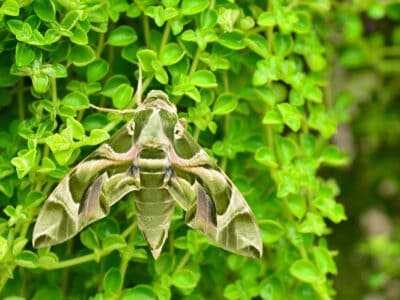
Oleander Hawk Moth
Oleander hawk moth caterpillars feed on the foliage of oleander, an extremely toxic plant to which they are immune.
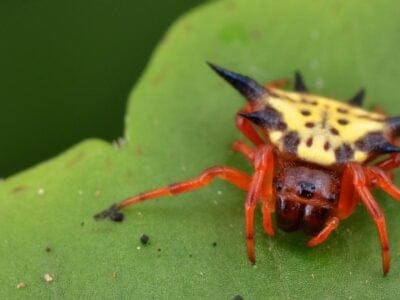
Orb Weaver
Females are about four times the size of males
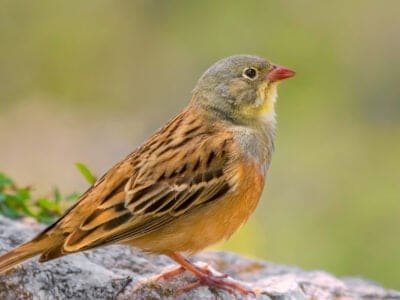
Ortolan Bunting
The tradition of hiding your face with a napkin or towel while eating this bird was begun by a priest who was a friend of the great French gastronome Jean Anthelme Brillat-Savarin.
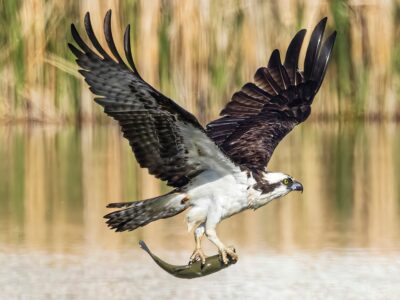
Osprey
They reuse nesting sites for 70 years!
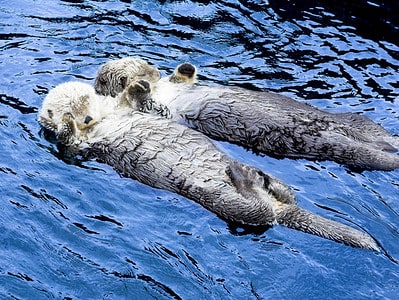
Otter
There are 13 different species worldwide
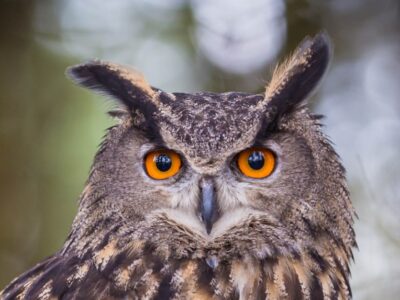
Owl
The owl can rotate its head some 270 degrees
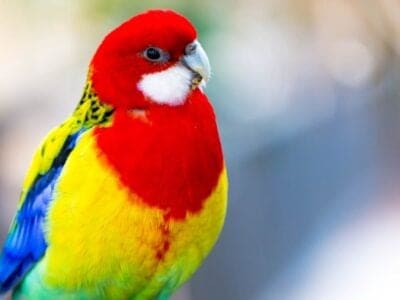
Parakeet
Monk parakeets are the only parakeets that actually build nests. They’re also the only parakeets to nest in great colonies.
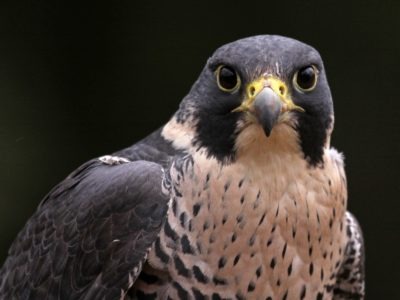
Peregrine Falcon
Fastest animal on Earth
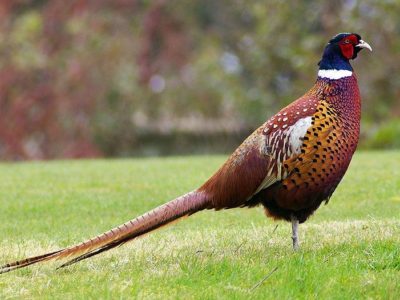
Pheasant
Females lay between 8 and 12 eggs per clutch!
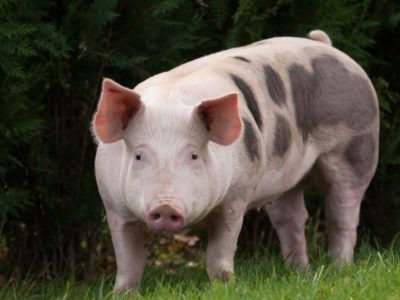
Pig
Thought to have been domesticated in 9,000 BC!
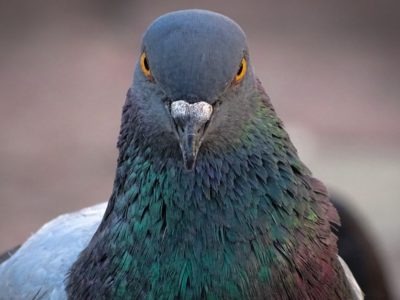
Pigeon
They can find their way back to their nests from up to 1300 miles away.
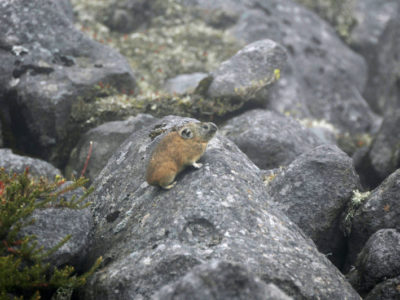
Pika
Found in mountainous regions and rocky areas
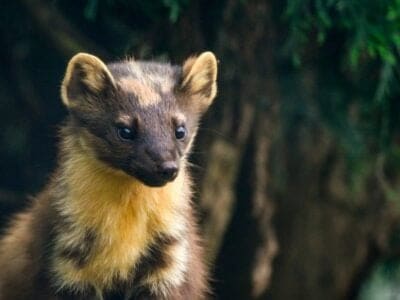
Pine Marten
A pine marten can jump from tree to tree similar to a squirrel.
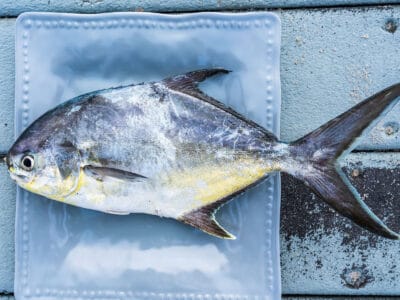
Pompano Fish
They are bottom-feeders
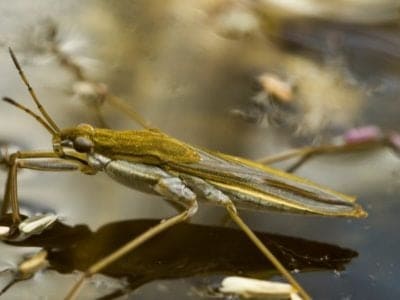
Pond Skater
There are 500 different species!
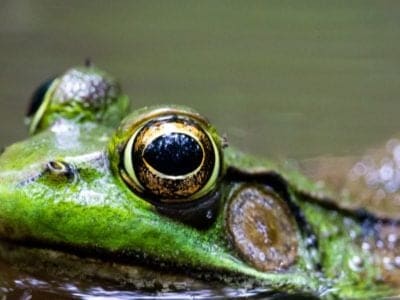
Pool Frog
The rarest amphibian in the UK!
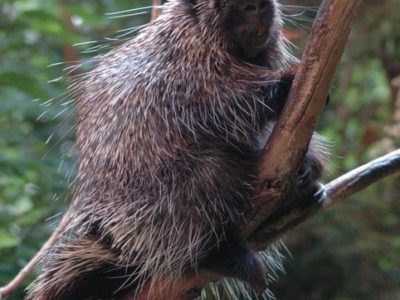
Porcupine
There are 30 different species worldwide!
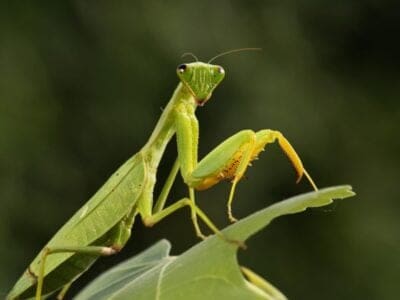
Praying Mantis
The mantis can turn its head 180 degrees.
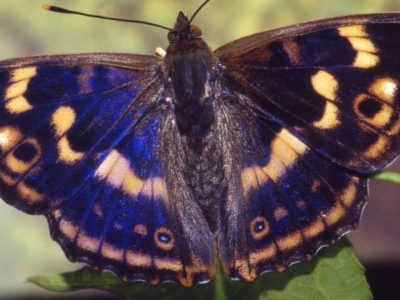
Purple Emperor Butterfly
Inhabits deciduous forests!
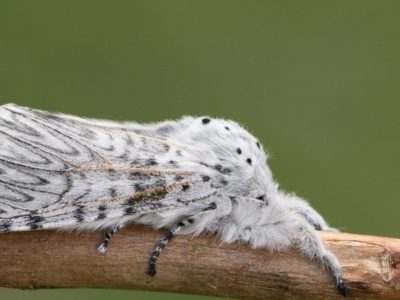
Puss Moth
Caterpillars squirt formic acid!
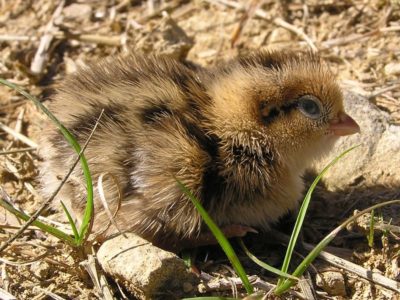
Quail
Inhabits woodland and forest areas worldwide!
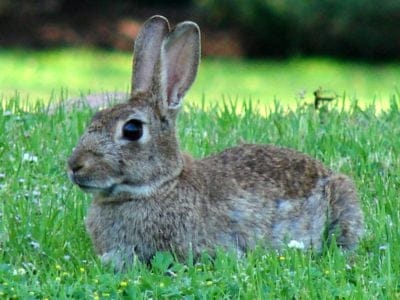
Rabbit
There are more than 300 different species!
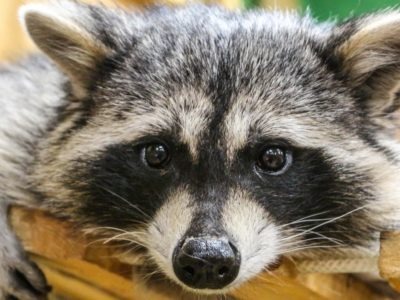
Raccoon
Known to wash their food before eating it!
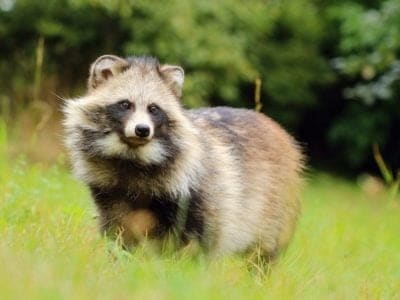
Raccoon Dog
The only hibernating canine!
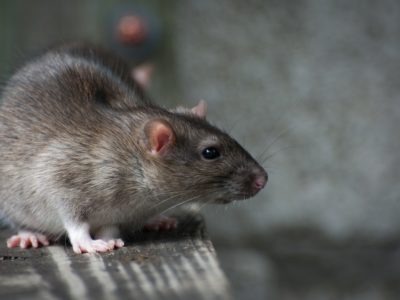
Rat
Omnivores that eat anything!

Rat Snakes
Rat snakes are constrictors from the Colubridae family of snakes.

Red Deer
A male red deer shows his age in his antlers, which become longer and more branched every year.
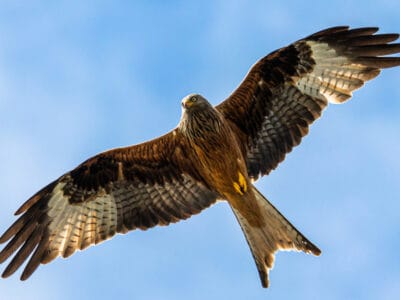
Red Kite
This bird moves its tail to steer its body like a rudder on a boat.
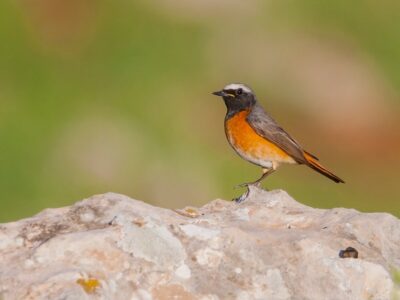
Redstart
They build their nests off the ground in tree holes, cavities, stone walls, and roofs
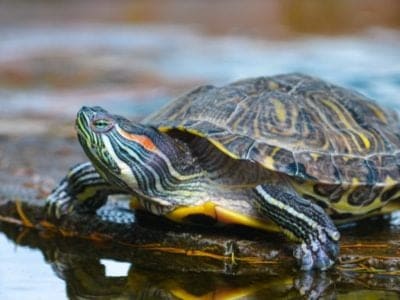
River Turtle
Inhabits freshwater habitats around the world!
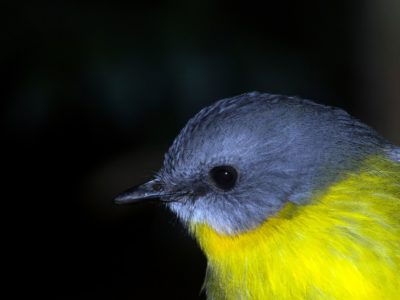
Robin
There are more than 45 species in Australia alone!
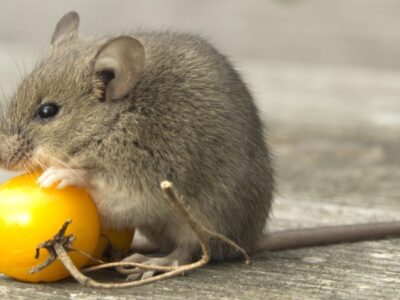
Rodents
The capybara, the world’s largest rodent, likes to be in and around bodies of water. Because of this, the Catholic Church in South America decided that it was a fish, and people were allowed to eat it during Lent and First Fridays.
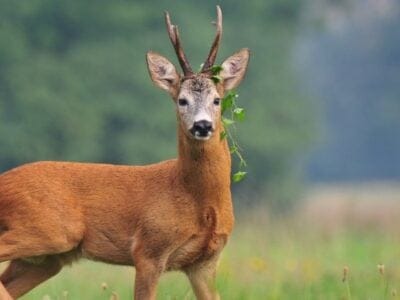
Roe Deer
The roe is one of the most popular game animals in Europe
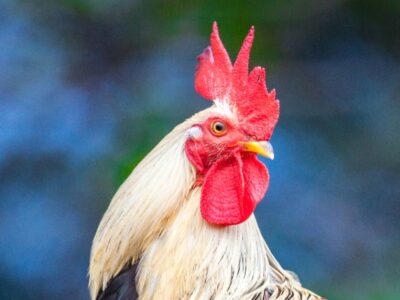
Rooster
Will mate with the entire flock!
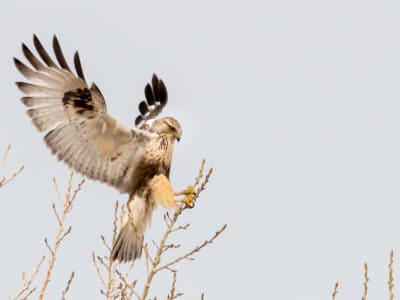
Rough-Legged Hawk (Rough-Legged Buzzard)
Its scientific name, lagopus, is Ancient Greek for “hare” and “foot,” referring to its feathered feet and toes.
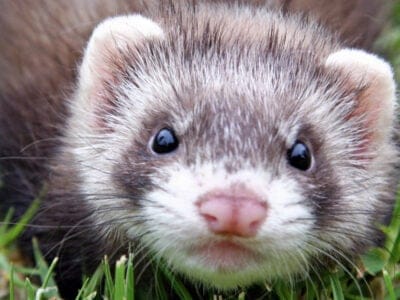
Sable Ferret
Ferrets were used during the Revolutionary War to keep down the rat population.
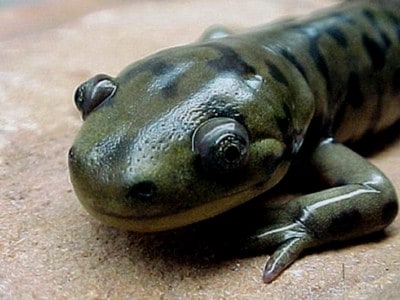
Salamander
There are more than 700 different species!
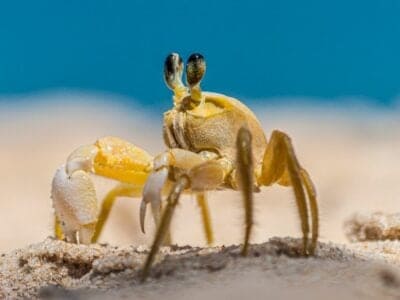
Sand Crab
The sand crab burrows beneath the sand with its tail
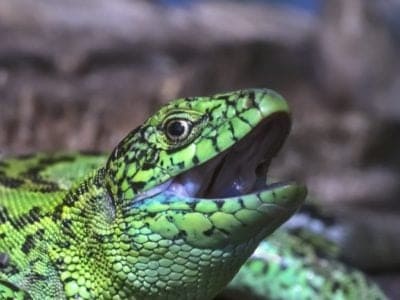
Sand Lizard
Males turn green in spring!
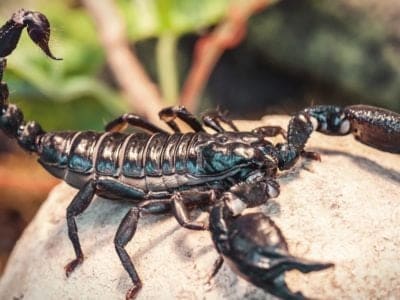
Scorpion
There are around 2,000 known species!
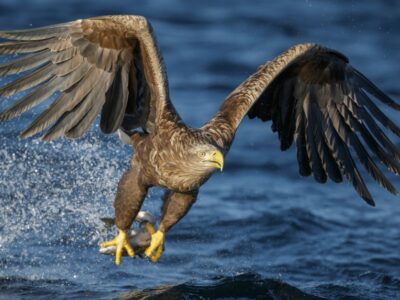
Sea Eagle
The sea eagle tends to mate for life with a single partner
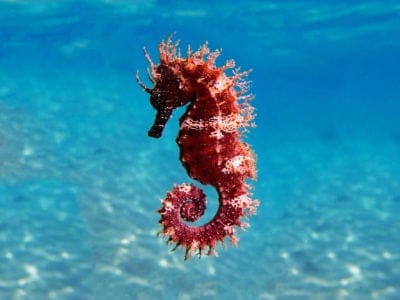
Seahorse
Males give birth to up to 1,000 offspring!
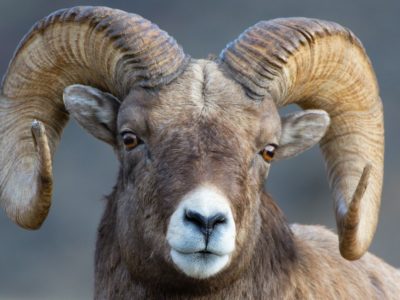
Sheep
Around 35 million in the English countryside!
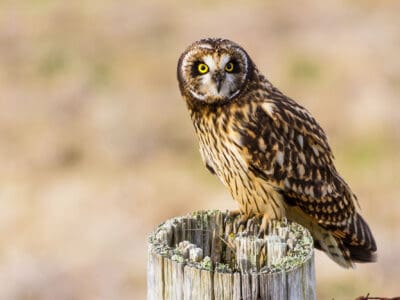
Short-Eared Owl
The short-eared owl is one of the most widespread owl species in the world, covering five continents.
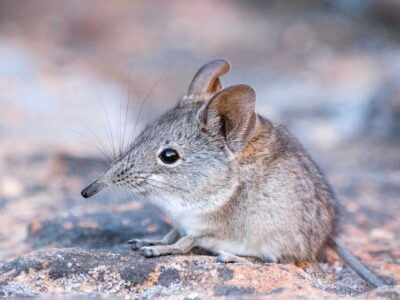
Shrew
The spinal column of the shrew Scutisorex somereni is so strong and reinforced that it can support the weight of an adult human.
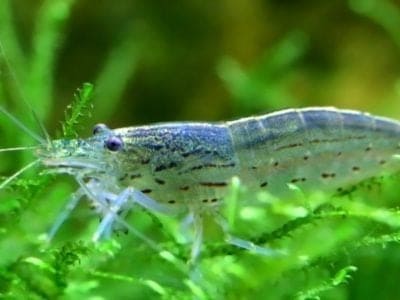
Shrimp
There are 2,000 different species worldwide!
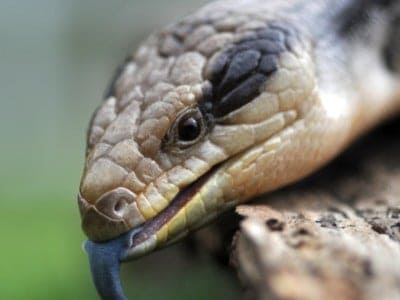
Skink Lizard
Some skinks lay eggs in some habitats while giving birth to skinklets in other habitats.
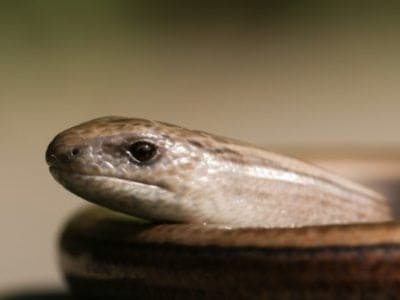
Slow Worm
Found widely throughout British gardens!
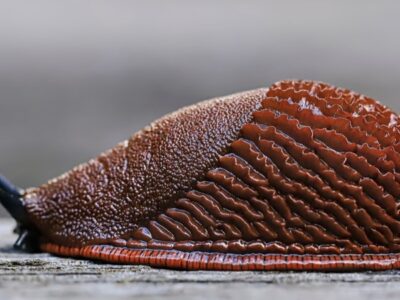
Slug
They glide around on one foot, which is aided by the slime they produce
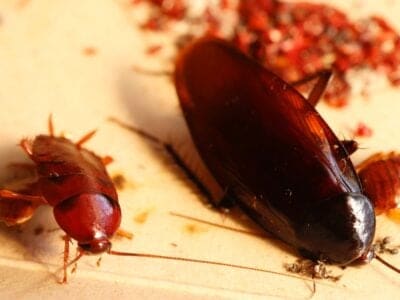
Smokybrown Cockroach
Has up to 45 eggs per egg case
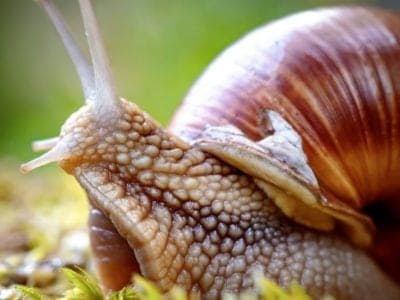
Snail
There are nearly 1,000 different species!
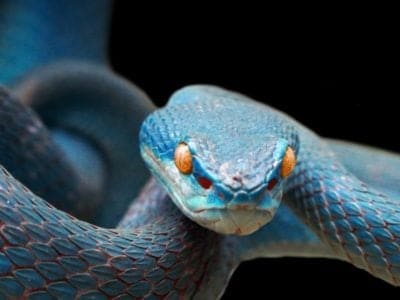
Snake
There are around 4,000 known species worldwide
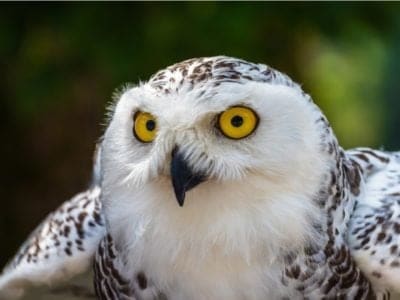
Snowy Owl
One of the largest owl species in the world!
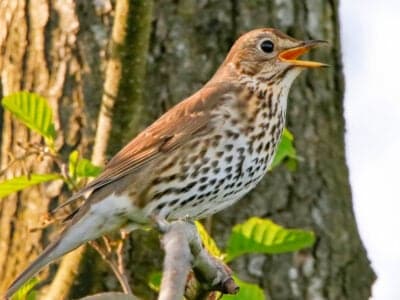
Song Thrush
A male song thrush can have over 100 phrases in his repertoire of songs and can imitate pet birds, telephones and other man-made objects.
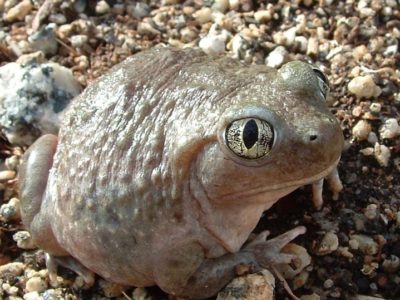
Spadefoot Toad
They spend most of their time underground!
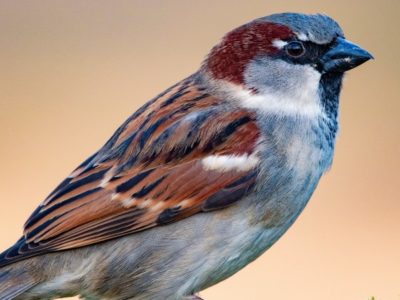
Sparrow
There are 140 different species!
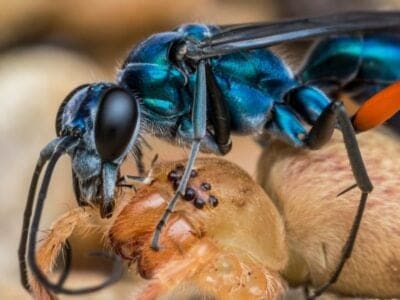
Spider Wasp
They prey on spiders to feed their larvae or they parasitize other spider wasps.

Squirrel
Small rodents found in woodlands worldwide!
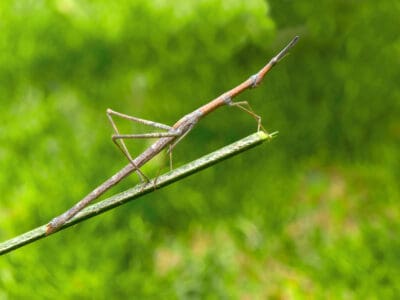
Stick Insect
There are more than 3,000 different species!
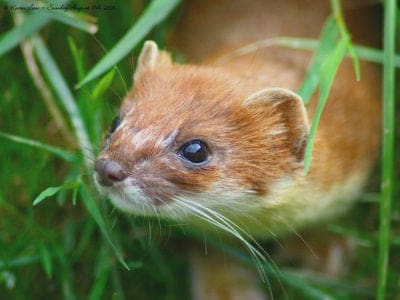
Stoat
Average adults weigh about 200 grams!
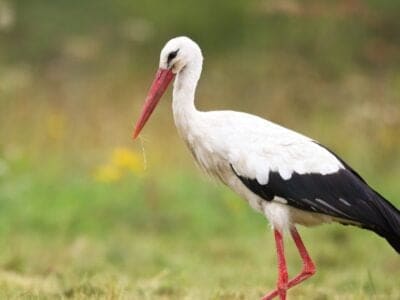
Stork
They can’t sing like other birds.
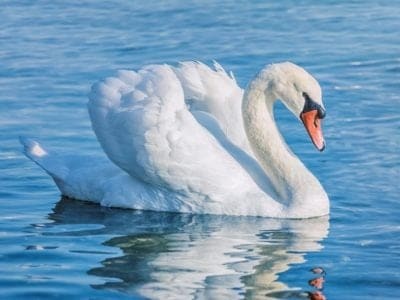
Swan
Populations have been affected by pollution!
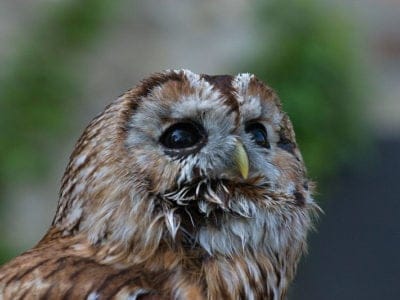
Tawny Owl
The most widespread owl in Europe!

Teddy Bear Hamster
The oldest recorded teddy bear hamster was six and a half.
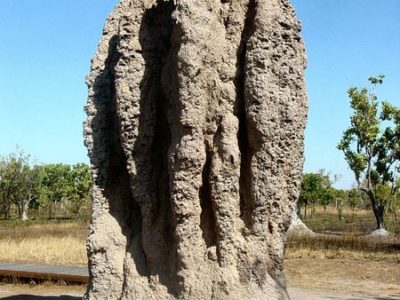
Termite
Their mounds can be up to 9 meters tall!
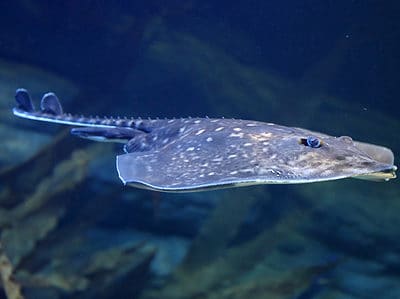
Thornback Ray
The skate with the biggest spines!
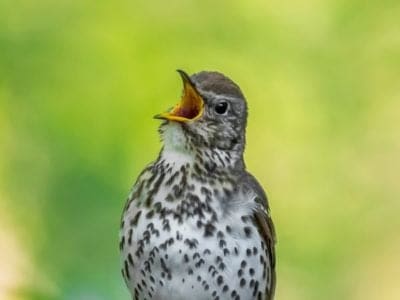
Thrush
The American robin is called the robin because its red breast reminded European settlers of the robin back in the old country.
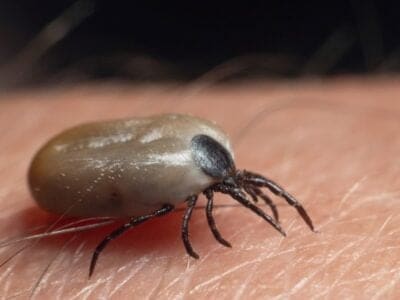
Tick
They inject hosts with a chemical that stops them from feeling the pain of the bite
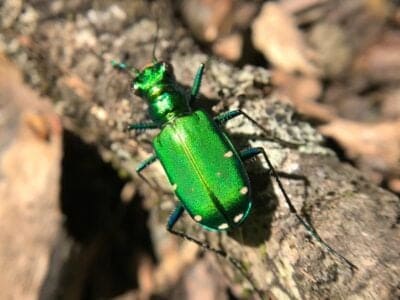
Tiger Beetle
The adult tiger beetle is one of the fastest land insects in the world
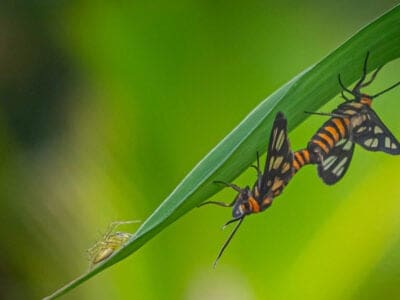
Tiger Moth
The bright colors of this moth are a signal to predators that it has a terrible taste.
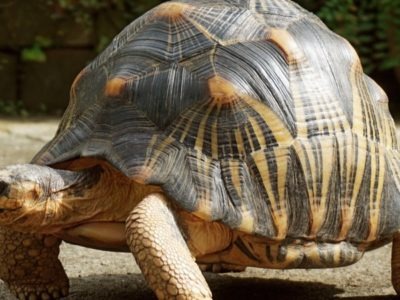
Tortoise
Can live until they are more than 150 years old!
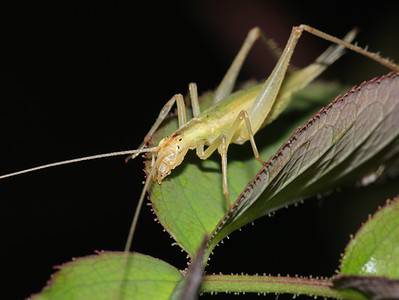
Tree Cricket
They make music with their wings
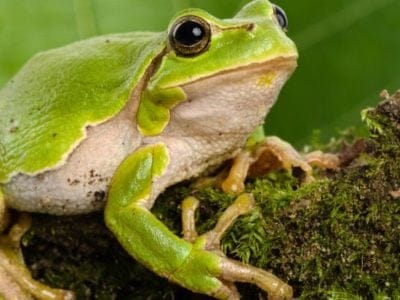
Tree Frog
Found in warmer jungles and forests!

Turtles
Some species of aquatic turtles can get up to 70 percent of their oxygen through their butt.
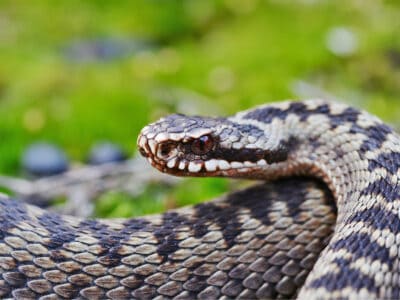
Viper
Vipers are one of the most widespread groups of snakes and inhabit most
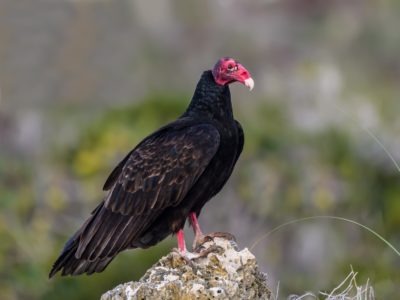
Vulture
There are 30 different species worldwide!
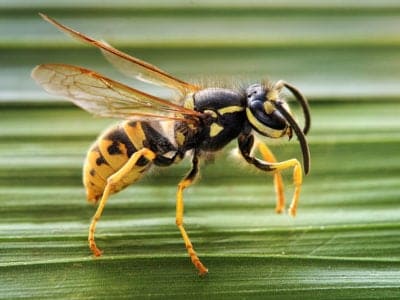
Wasp
There are around 75,000 recognised species!
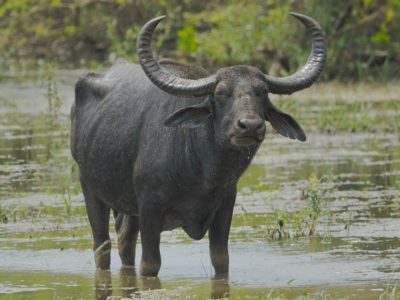
Water Buffalo
Has been domesticated for thousands of years!
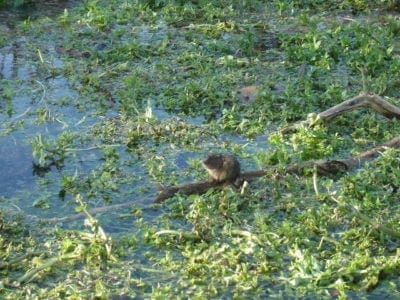
Water Vole
The largest Vole species in the UK!
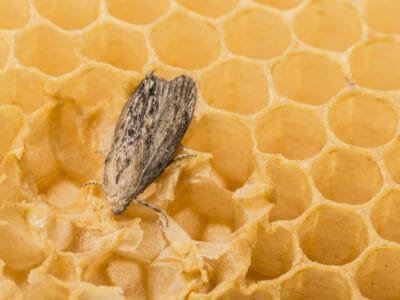
Wax Moth
The Wax Moth larvae are more dangerous than the adult.
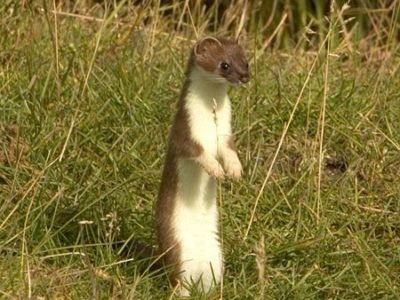
Weasel
The smallest carnivorous mammal in the world!
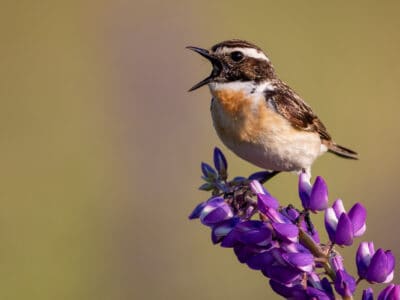
Whinchat
The whinchat can imitate the songs of at least a dozen other tpes of birds!

White Ferret / Albino Ferrets
There are two different types of white ferrets!
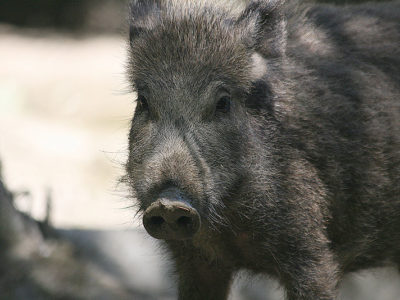
Wild Boar
Males have a top tusk to sharpen the bottom one!
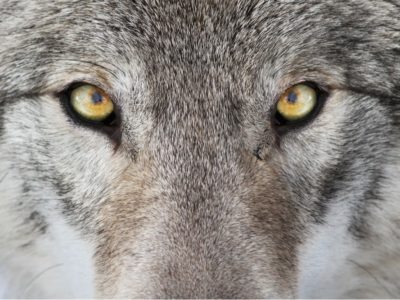
Wolf
Thought to date back more than 300,000 years!
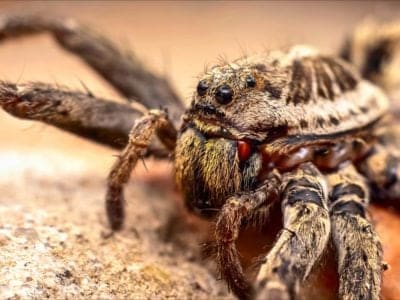
Wolf Spider
Carnivorous arachnid that hunts its prey.
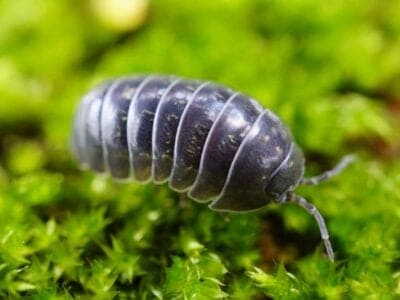
Woodlouse
This animal can roll up into a ball
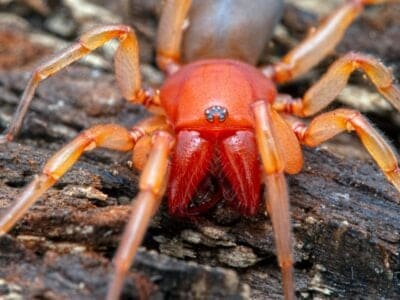
Woodlouse Spider
Unlike most spiders, woodlouse spiders don’t build a web.
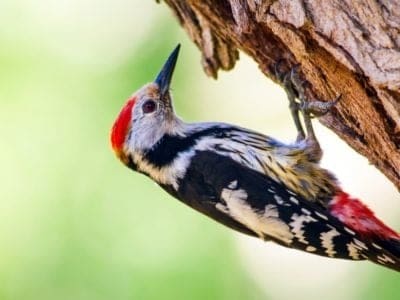
Woodpecker
There are 200 different species!
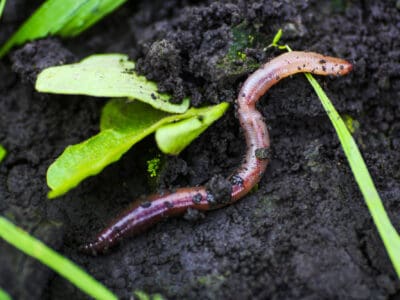
Worm
Doesn’t have eyes.
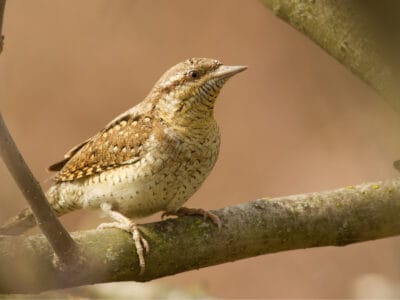
Wryneck
They feign death by making their bodies limp and closing their eyes.
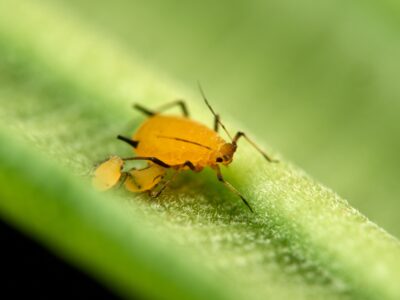
Yellow Aphids
These aphids are primarily wingless; however, once the infestation on their host gets too crowded, they develop wings, allowing them to fly to a new host plant.
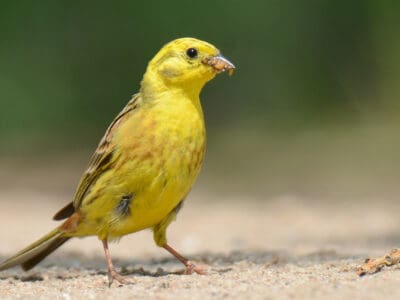
Yellowhammer
It interbreeds with the pine bunting
Greek Animals List
- Admiral Butterfly
- Angelshark
- Ant
- Armyworm
- Aurochs
- Avocet
- Badger
- Balkan Lynx
- Barn Owl
- Barn Swallow
- Bat
- Bed Bugs
- Bee
- Beetle
- Beewolf wasp
- Bird
- Biscuit Beetle
- Black Widow Spider
- Brown-banded Cockroach
- Brown Bear
- Brown Dog Tick
- Bumblebee
- Butterfly
- Camel Cricket
- Carpenter Ant
- Cat
- Caterpillar
- Catfish
- Centipede
- Chamois
- Chicken
- Cicada
- Cockroach
- Codling Moth
- Common Buzzard
- Common European Adder
- Common Frog
- Common Furniture Beetle
- Common House Spider
- Common Loon
- Common Raven
- Common Toad
- Cormorant
- Cow
- Crab
- Crab Spider
- Crane
- Cricket
- Crow
- Cuckoo
- Deer
- Devil’s Coach Horse Beetle
- Dog
- Dog Tick
- Donkey
- Dormouse
- Dragonfly
- Dried Fruit Moth
- Duck
- Dung Beetle
- Dwarf Hamster
- Eagle
- Earthworm
- Earwig
- Edible Frog
- Eel
- Egyptian Vulture
- Eurasian Bullfinch
- Eurasian Eagle-owl
- Eurasian Jay
- European Bee-Eater
- European Goldfinch
- European Robin
- Falcon
- Fallow deer
- False Widow Spider
- Ferret
- Fire-Bellied Toad
- Fire Salamander
- Firefly
- Flea
- Fly
- Flying Squirrel
- Fox
- Frog
- Fruit Fly
- Gadwall
- German Cockroach
- Glass Lizard
- Glowworm
- Gnat
- Goat
- Goldcrest
- Golden Eagle
- Golden Oriole
- Goose
- Grasshopper
- Griffon Vulture
- Gypsy Moth
- Hamster
- Hare
- Hawk Moth Caterpillar
- Hedgehog
- Heron
- Highland Cattle
- Honey Bee
- Honey Buzzard
- Hoopoe
- Horse
- Horsefly
- Housefly
- Human
- Huntsman Spider
- Insects
- Ivy Bee
- Jack Crevalle
- Jackal
- Jackdaw
- Jumping Spider
- Kingfisher
- Ladybug
- Lazarus Lizard
- Leech
- Lemming
- Linnet
- Lizard
- Locust
- Long-Eared Owl
- Long-Tailed Tit
- Magpie
- Marsh Frog
- Mayfly
- Mealybug
- Merganser
- Millipede
- Mole
- Mole Cricket
- Mongrel
- Moorhen
- Mosquito
- Moth
- Mouse
- Mule
- Neanderthal
- Nematode
- Newt
- Nightingale
- No See Ums
- Northern Pintail
- Nose-Horned Viper
- Nutria
- Old House Borer
- Oleander Hawk Moth
- Orb Weaver
- Ortolan Bunting
- Osprey
- Otter
- Owl
- Parakeet
- Peregrine Falcon
- Pheasant
- Pig
- Pigeon
- Pika
- Pine Marten
- Pompano Fish
- Pond Skater
- Pool Frog
- Porcupine
- Praying Mantis
- Purple Emperor Butterfly
- Puss Moth
- Quail
- Rabbit
- Raccoon
- Raccoon Dog
- Rat
- Rat Snakes
- Red Deer
- Red Kite
- Redstart
- River Turtle
- Robin
- Rodents
- Roe Deer
- Rooster
- Rough-Legged Hawk (Rough-Legged Buzzard)
- Sable Ferret
- Salamander
- Sand Crab
- Sand Lizard
- Scorpion
- Sea Eagle
- Seahorse
- Sheep
- Short-Eared Owl
- Shrew
- Shrimp
- Skink Lizard
- Slow Worm
- Slug
- Smokybrown Cockroach
- Snail
- Snake
- Snowy Owl
- Song Thrush
- Spadefoot Toad
- Sparrow
- Spider Wasp
- Squirrel
- Stick Insect
- Stoat
- Stork
- Swallowtail Butterfly
- Swan
- Tawny Owl
- Teddy Bear Hamster
- Termite
- Thornback Ray
- Thrush
- Tick
- Tiger Beetle
- Tiger Moth
- Tortoise
- Tree Cricket
- Tree Frog
- Turtles
- Viper
- Vulture
- Wasp
- Water Buffalo
- Water Vole
- Wax Moth
- Weasel
- Whinchat
- White Ferret / Albino Ferrets
- Wild Boar
- Wolf
- Wolf Spider
- Woodlouse
- Woodlouse Spider
- Woodpecker
- Worm
- Wryneck
- Yellow Aphids
- Yellowhammer
Greece FAQs (Frequently Asked Questions)
What Kind of Animals Live in Greece?
Since prehistoric times, the Greek people have had a close connection to animals and wildlife.
Eurasian Lynx: The Eurasian Lynx is Europe’s third largest predator after bears and wolves. This medium-sized wild cat has black, pointed ears and large, fluffy feet. The Eurasian lynx has a “least concern” conservation status.
Golden jackal: These members of the dog family are known as “nature’s cleaners” because they eat waste products. They eat rodents, carrion and fallen fruits. Golden jackals have fur that ranges from creamy yellow to dark gold. Once hunted as pests, golden jackals now flourish in Greece.
Gray wolf: Once the most widespread wolf species in the world, gray wolves were hunted to extinction in many European countries. Greece is one of the few European countries with a healthy gray wolf population.
Goats: According to the European Union’s Agriculture, Forestry, and Fisheries report, Greece has more goats than any country in the European Union. Goats are important sources of meat and of dairy products like Greek yogurt and feta cheese. There are more than 3 million goats in Greece.
What Dangerous Animals Live in Greece?
Venomous snakes: Greece has 23 snake species, and only a handful of them are venomous. The ohia snake (Vipera ammodytesis) is the best-known poisonous snake in Greece.
Scorpions: These stinging arachnids have been around since prehistoric times. Scientists believe they evolved 300 million years ago and have remained unchanged. A scorpion can live up to a year without any food.
How Many Species of Animal Live in Greece?
Greece has:
- 115 mammal species.
- 446 bird species.
- 22 amphibian species.
- 64 reptile species.
- 476 marine fish species.
- 162 freshwater fish species.
- 30,000 to 50,000 invertebrates.
What is the largest island of Greece?
The largest Greek island is Crete, and it has an area of 3,260 square miles. That makes it the fifth-largest island in the Mediterranean Sea!



